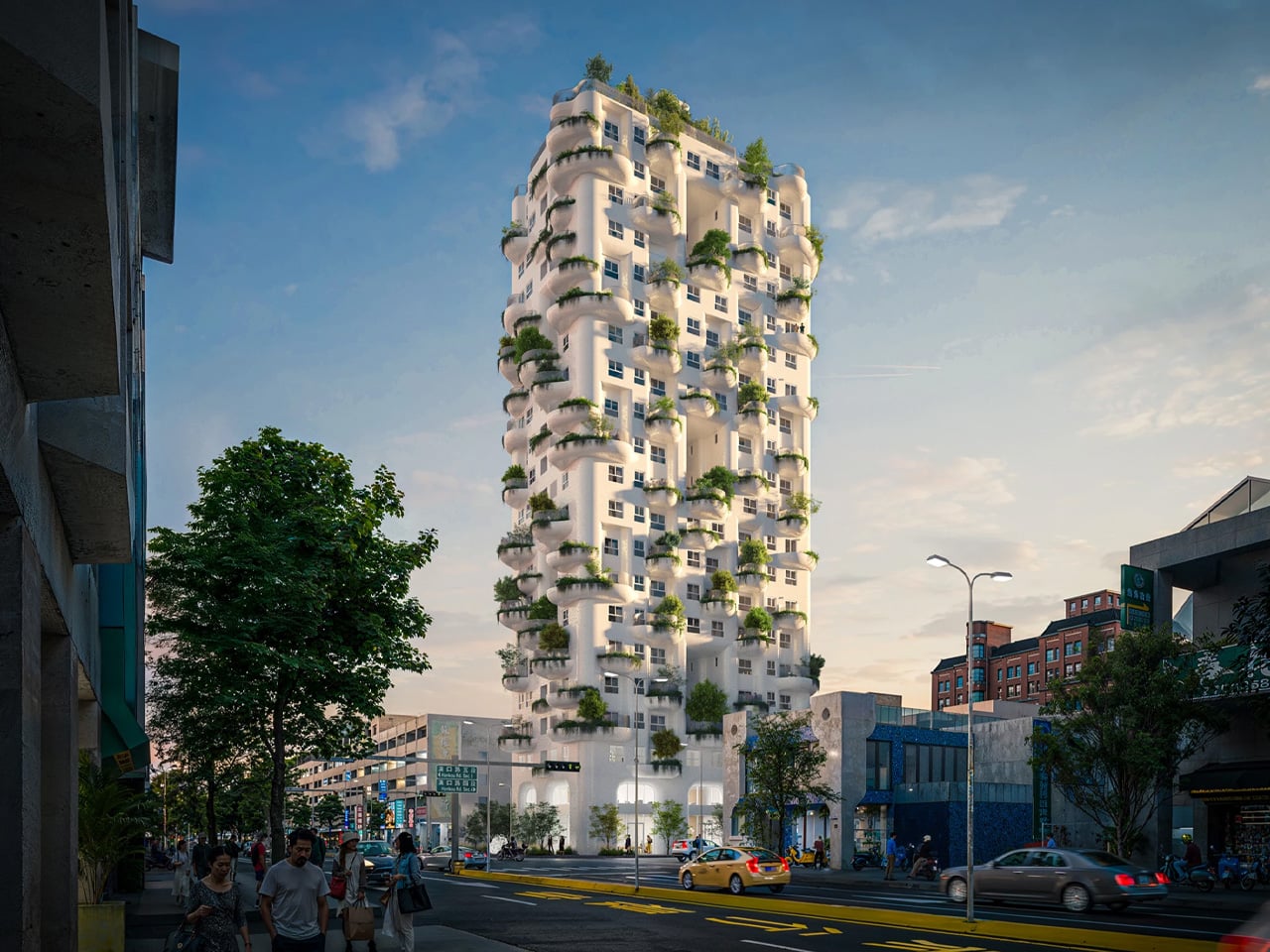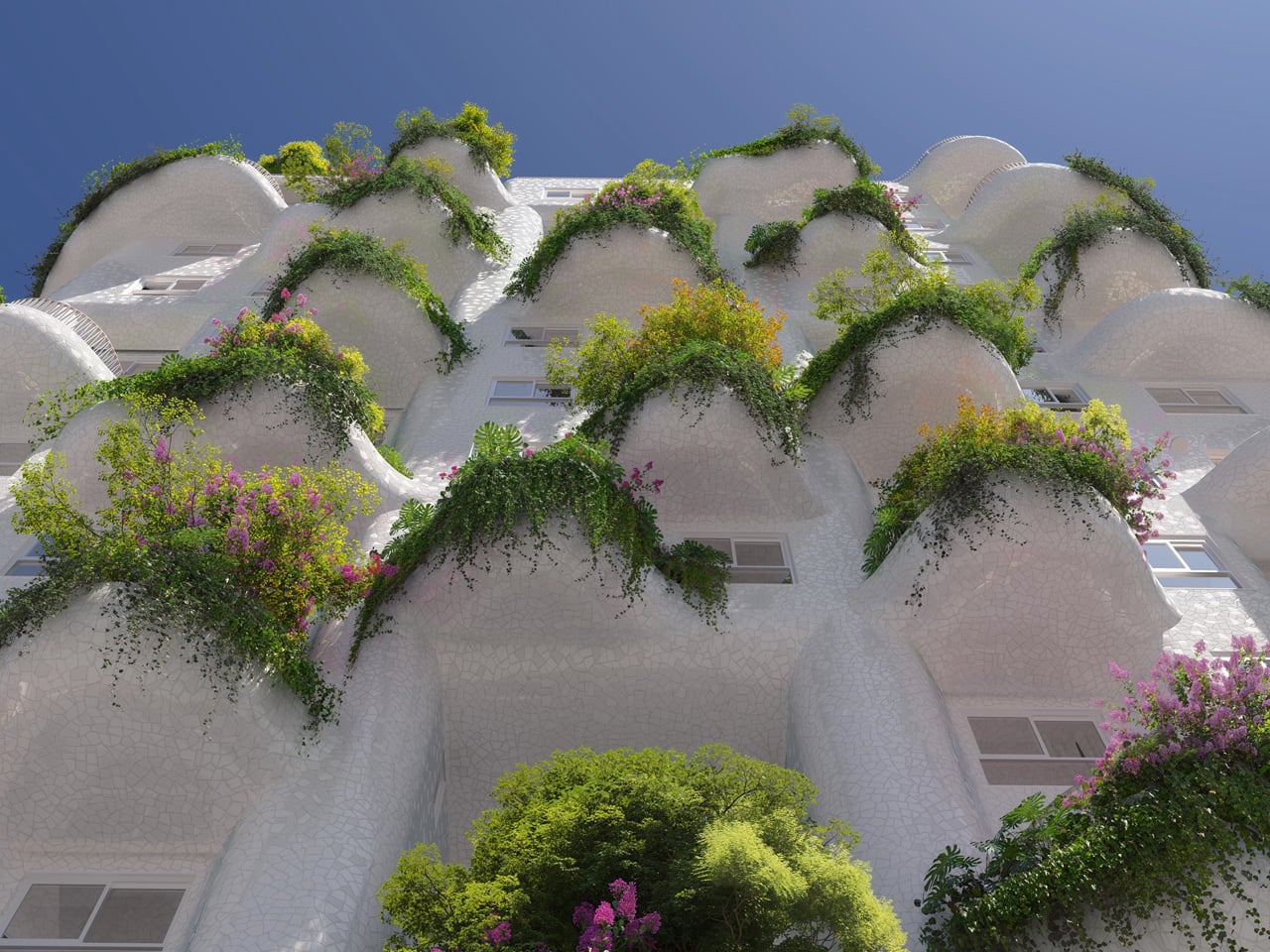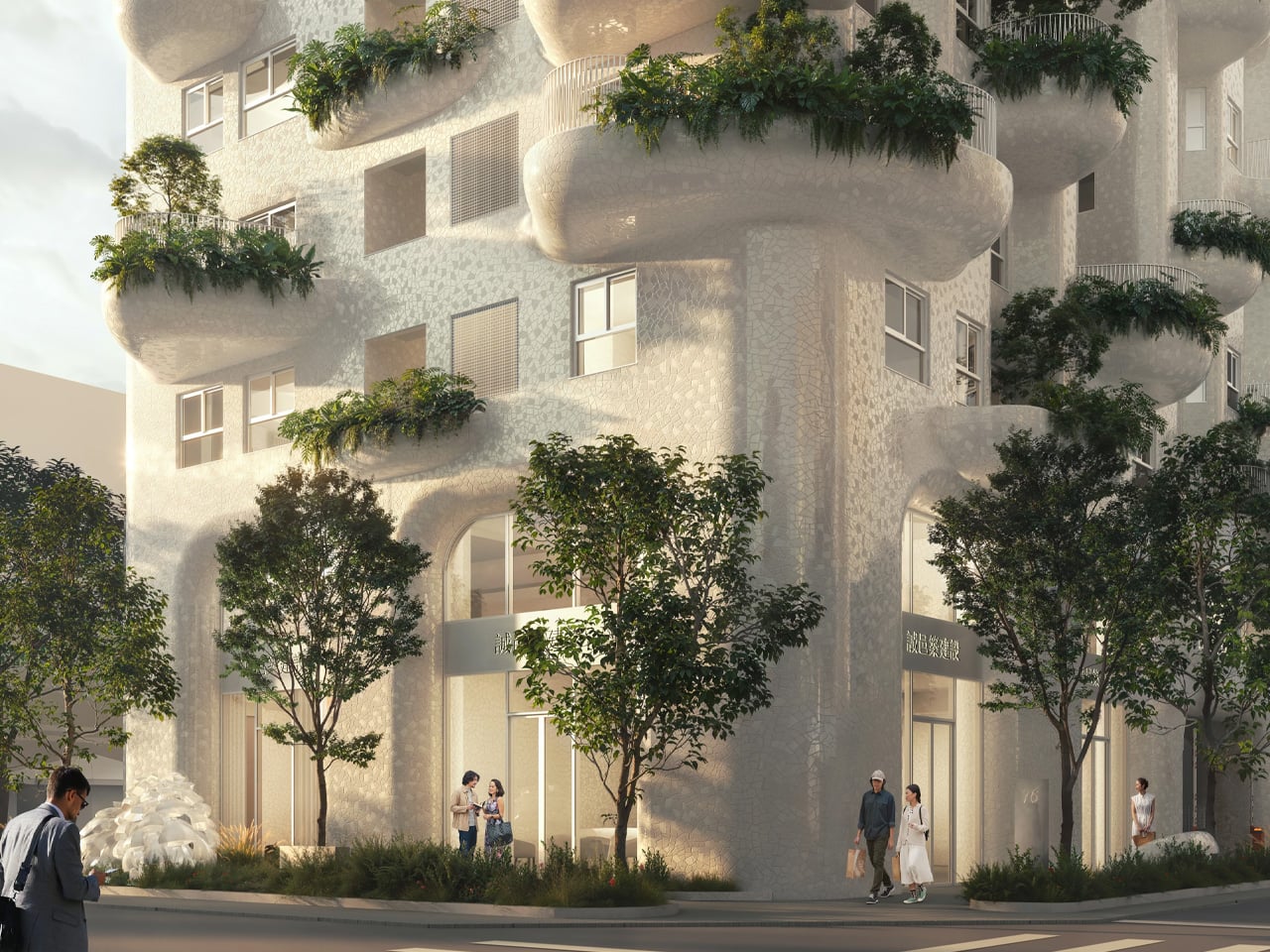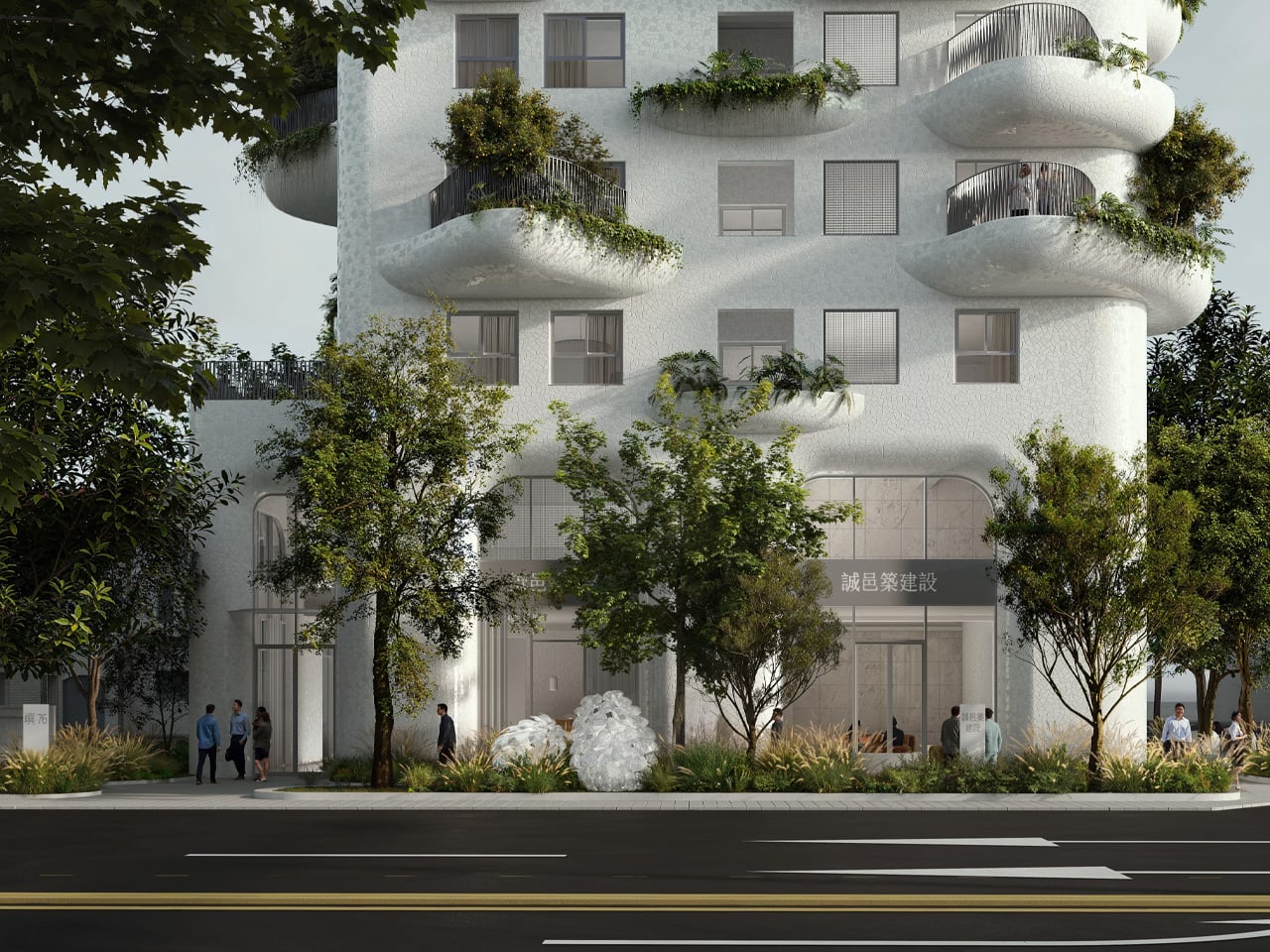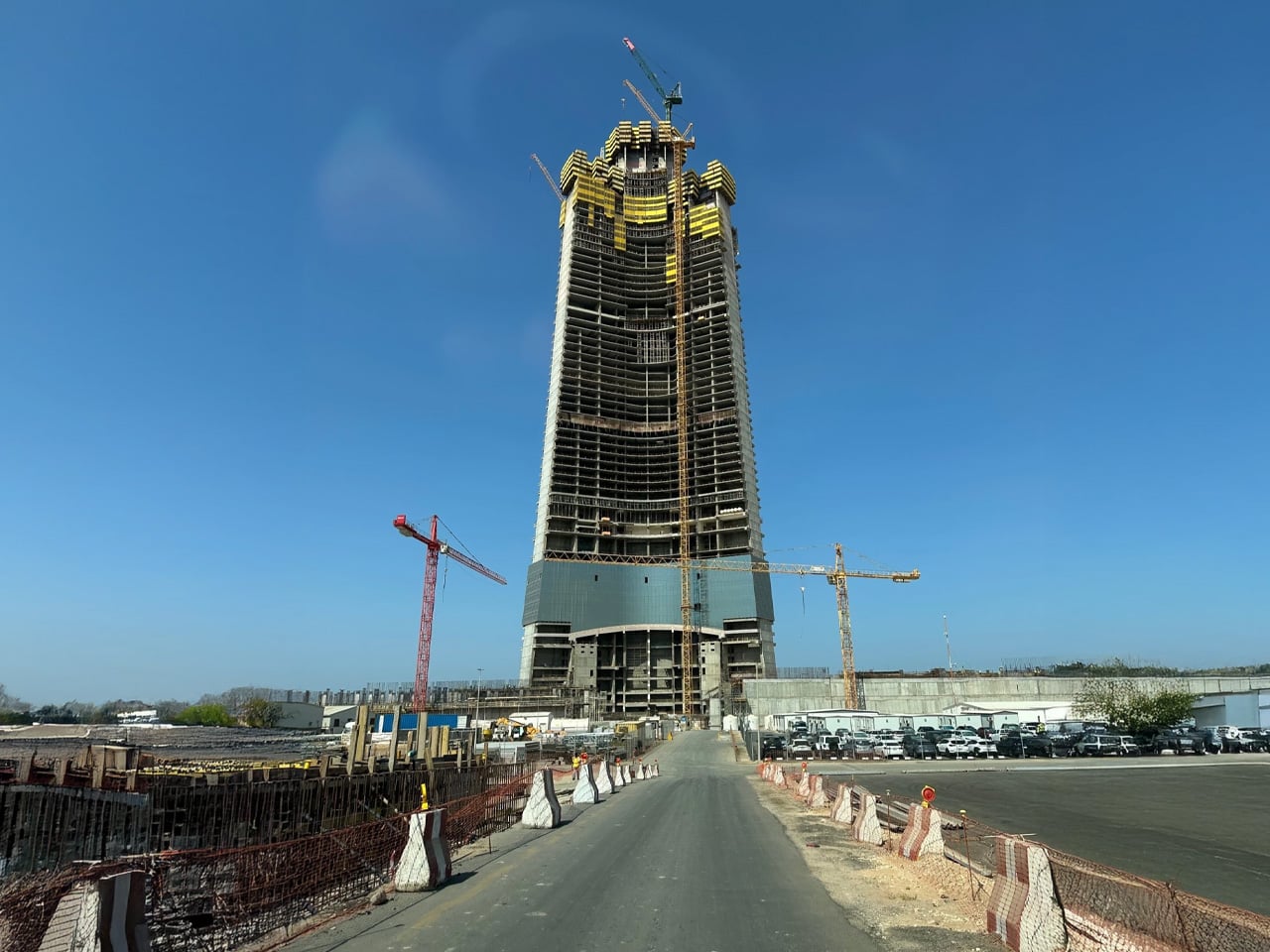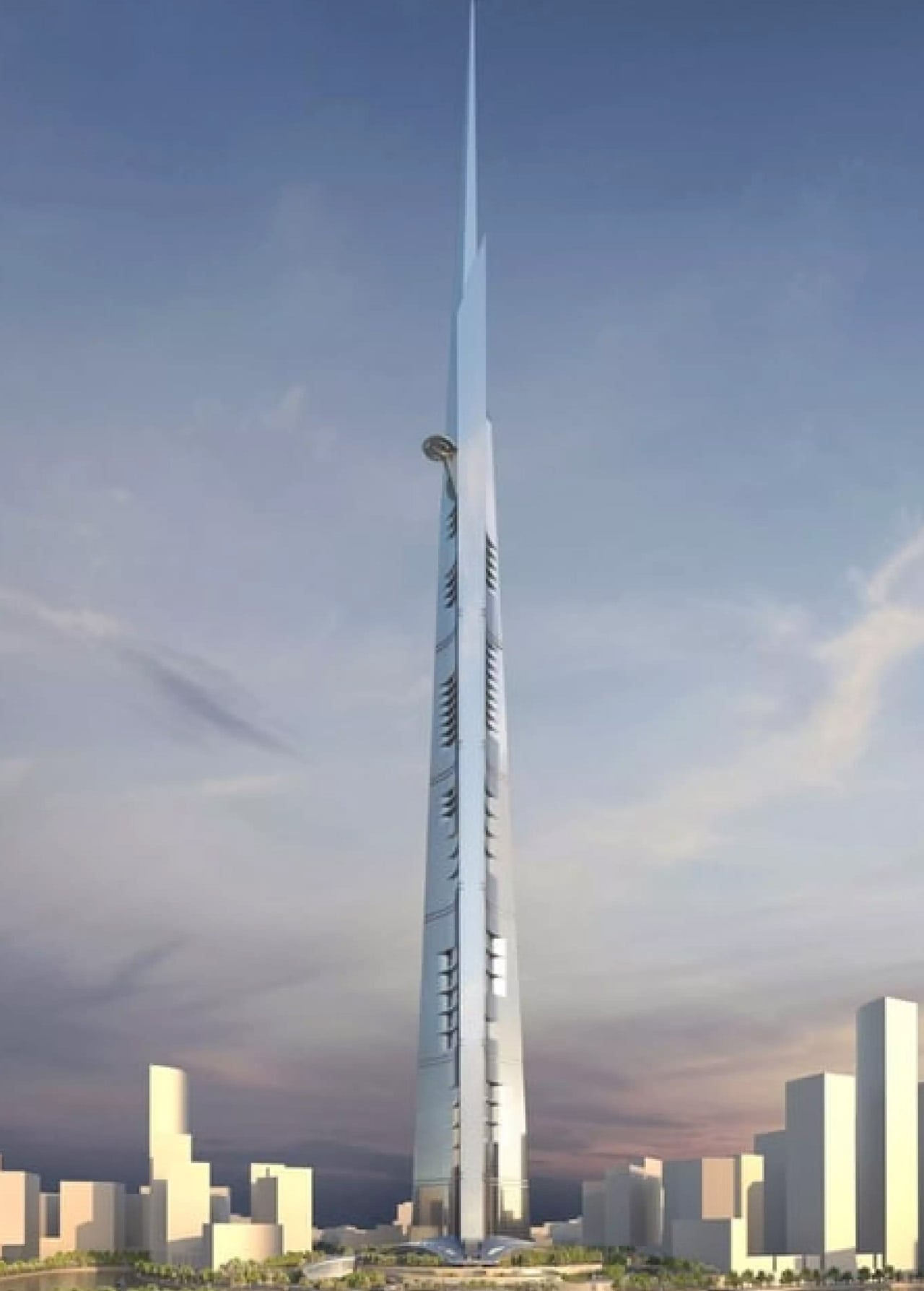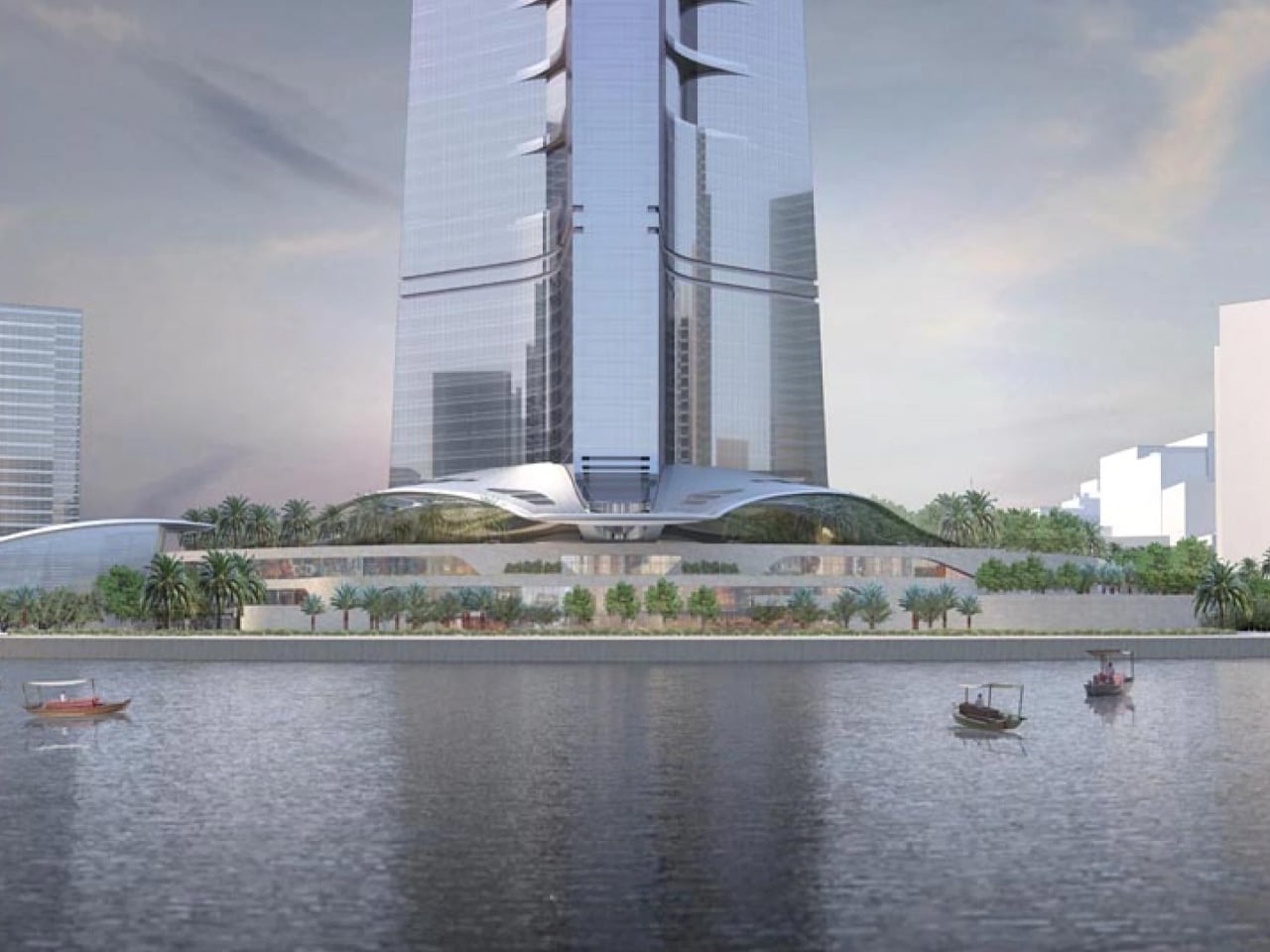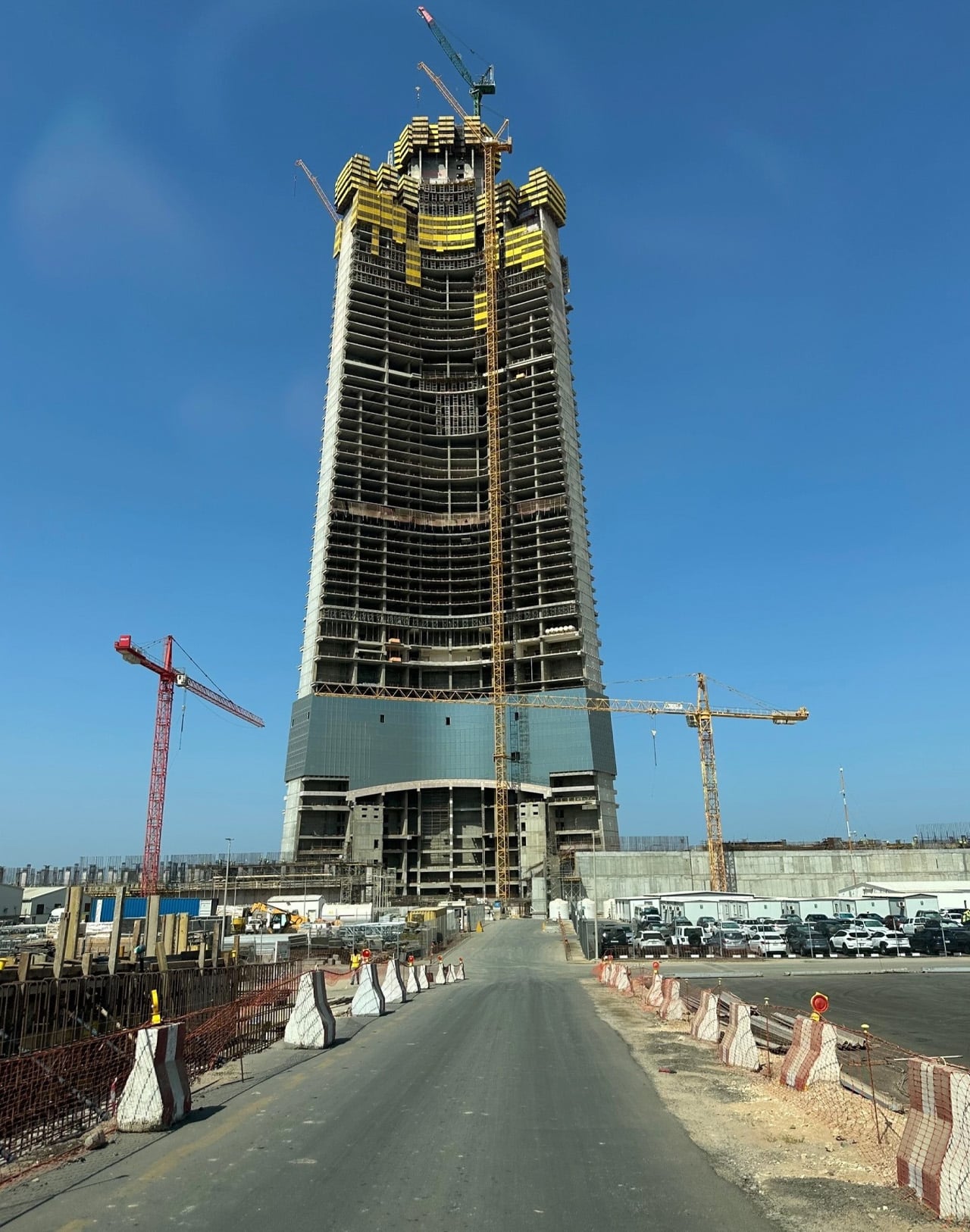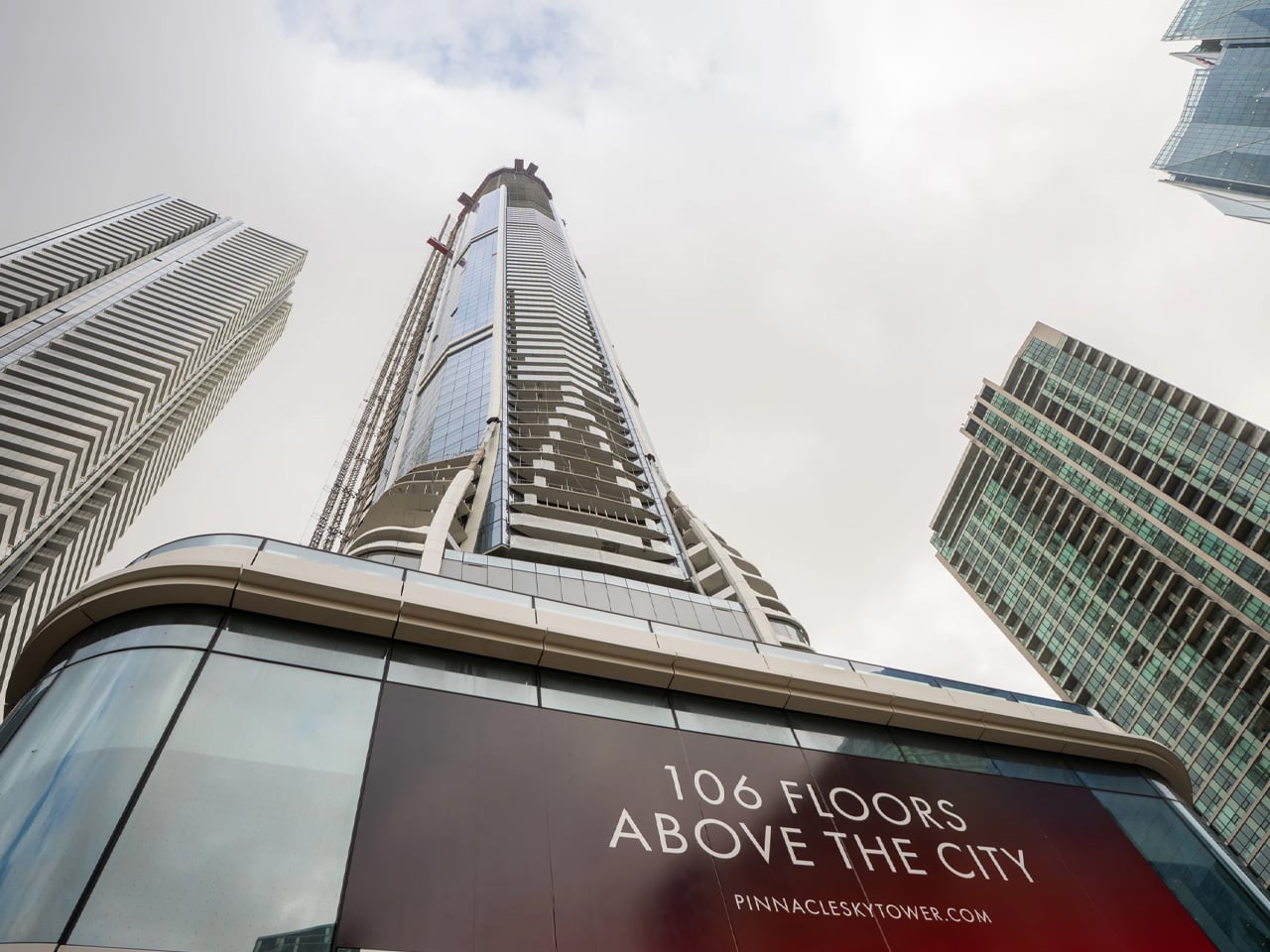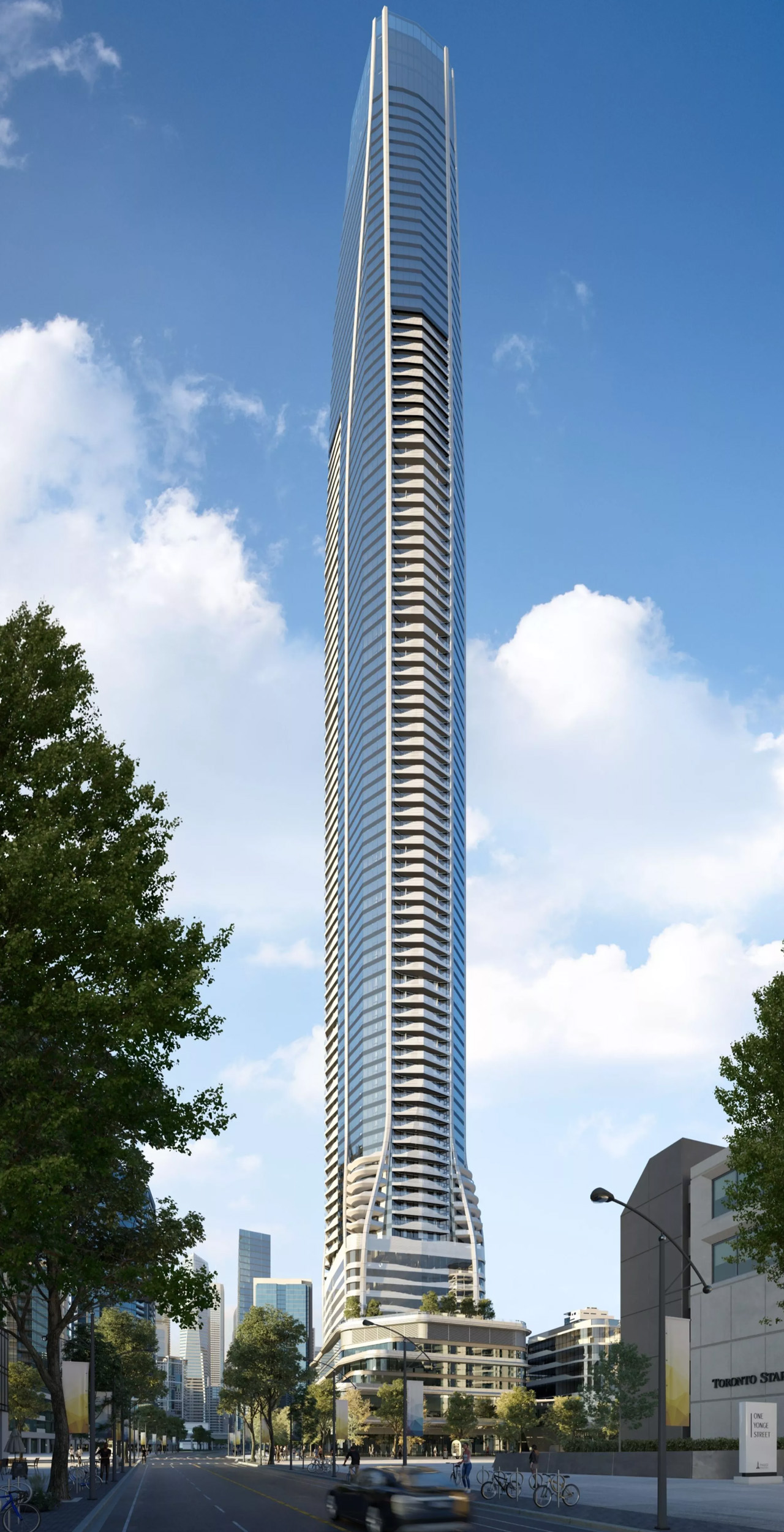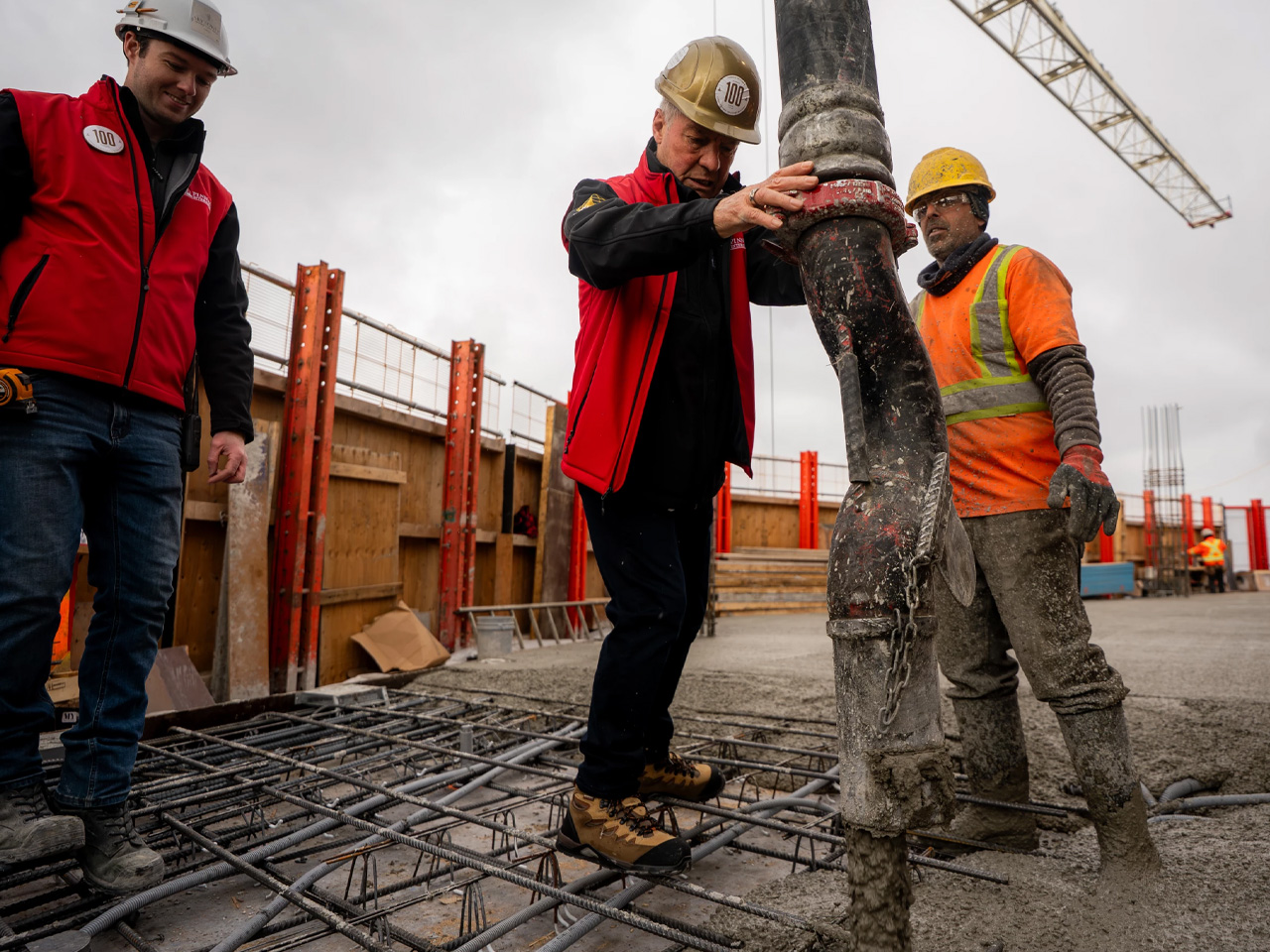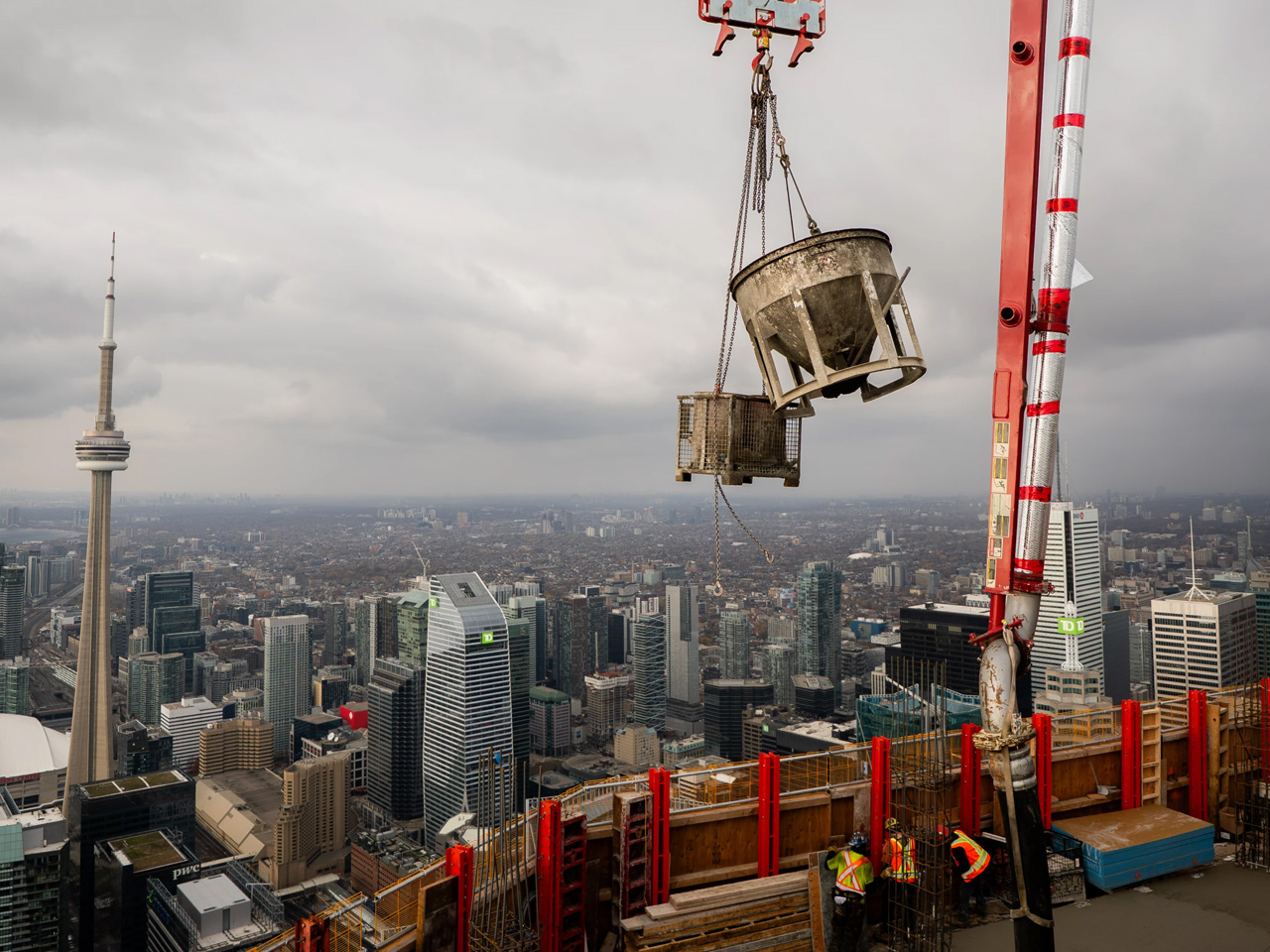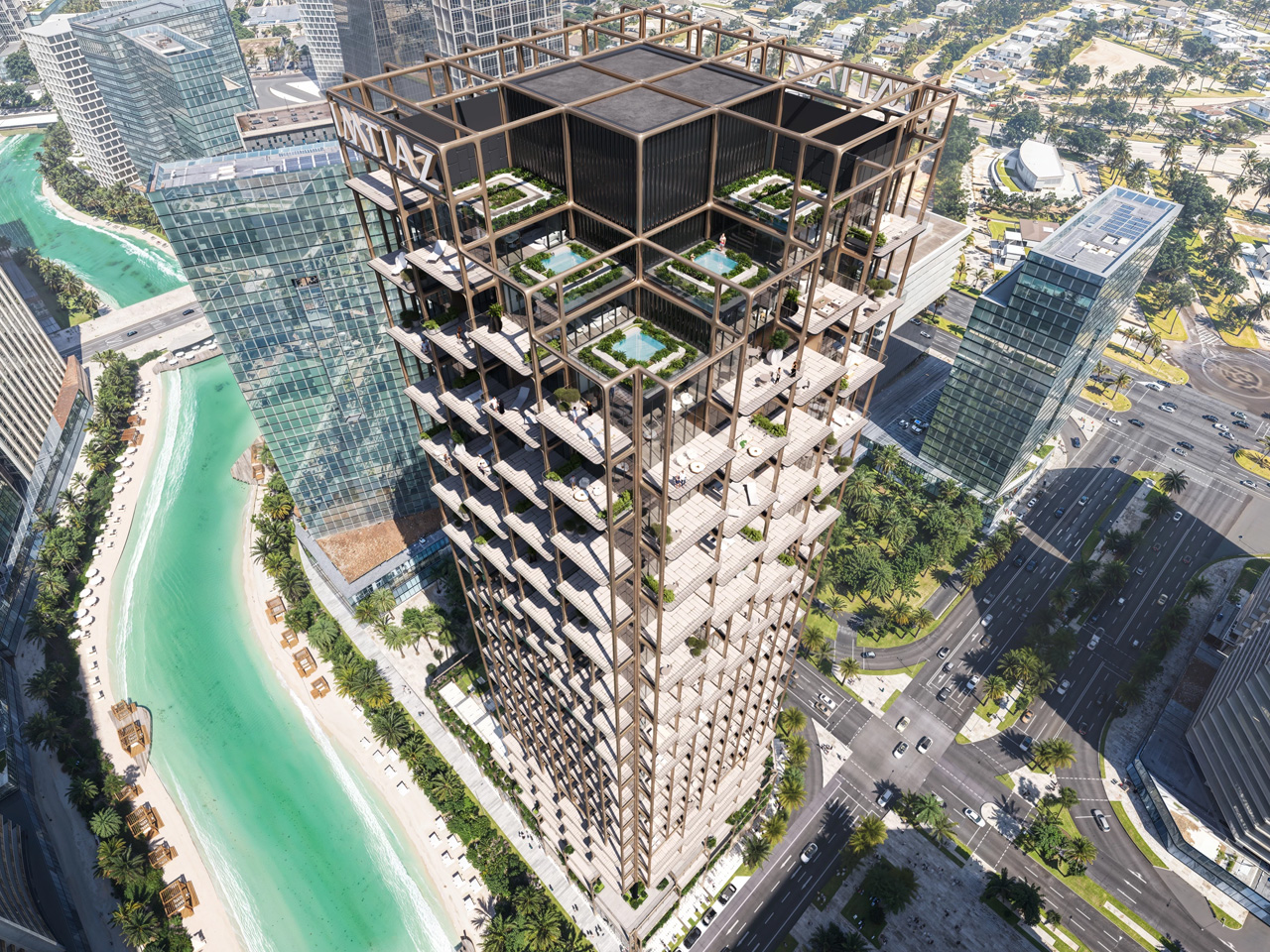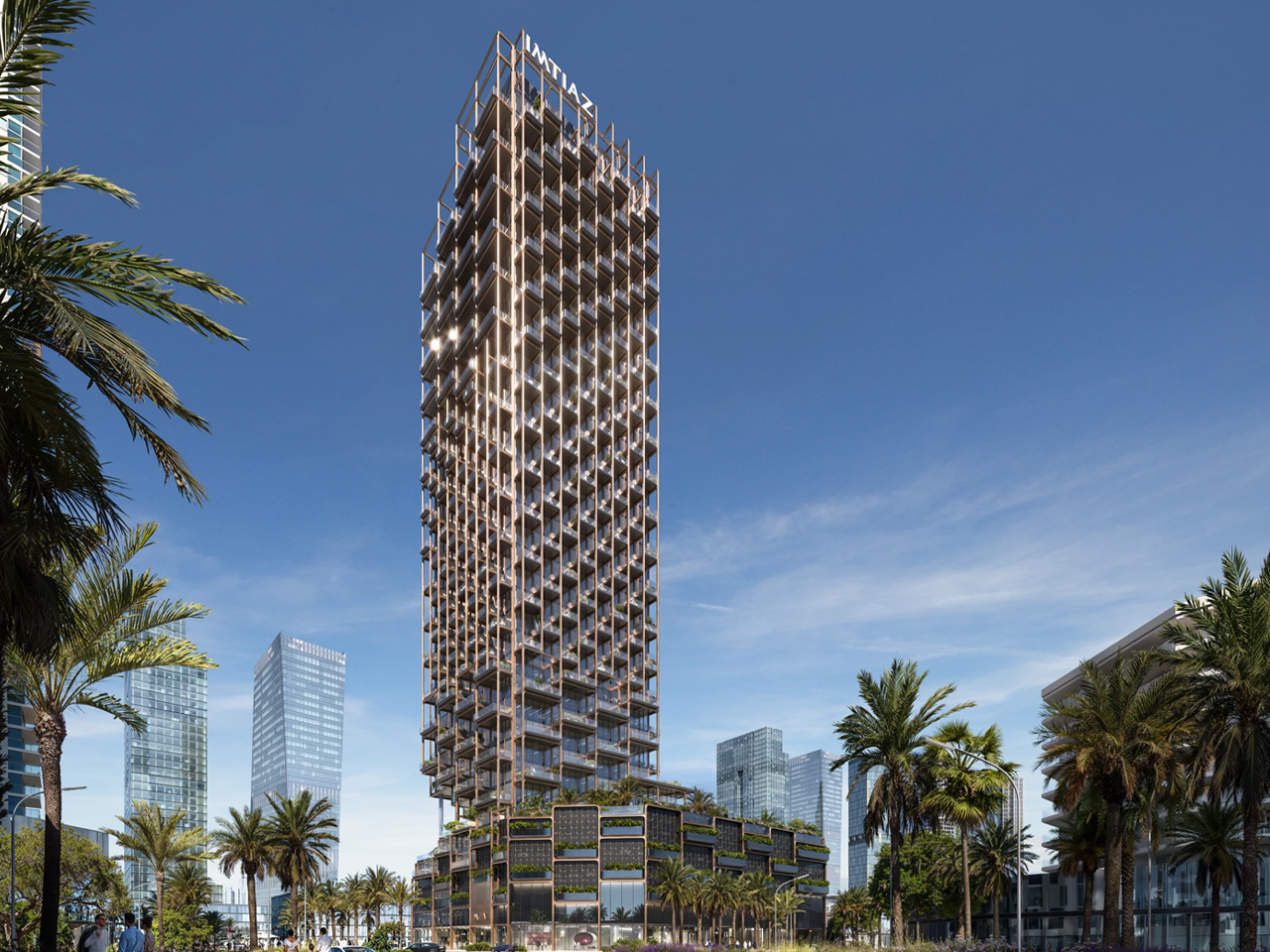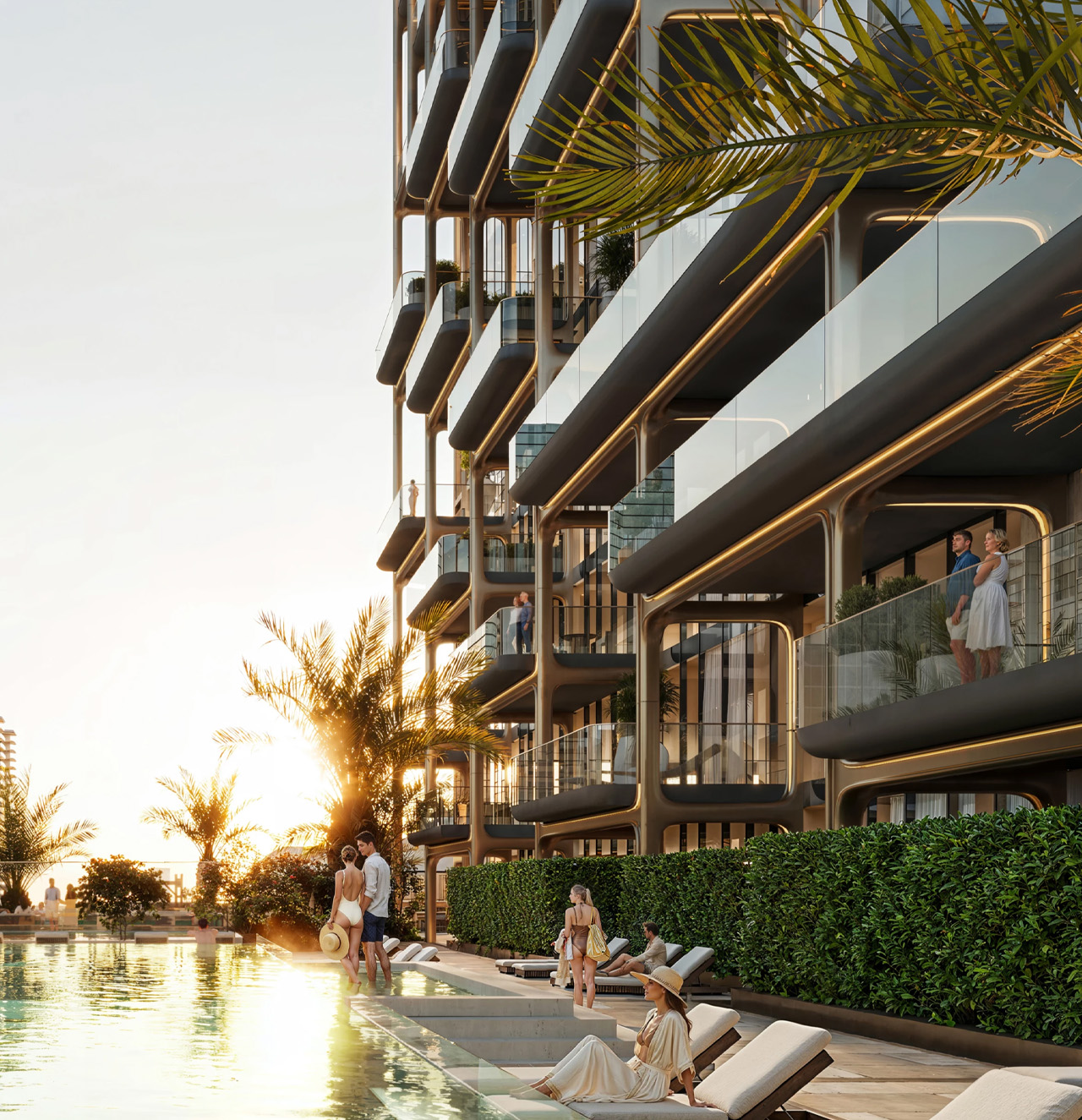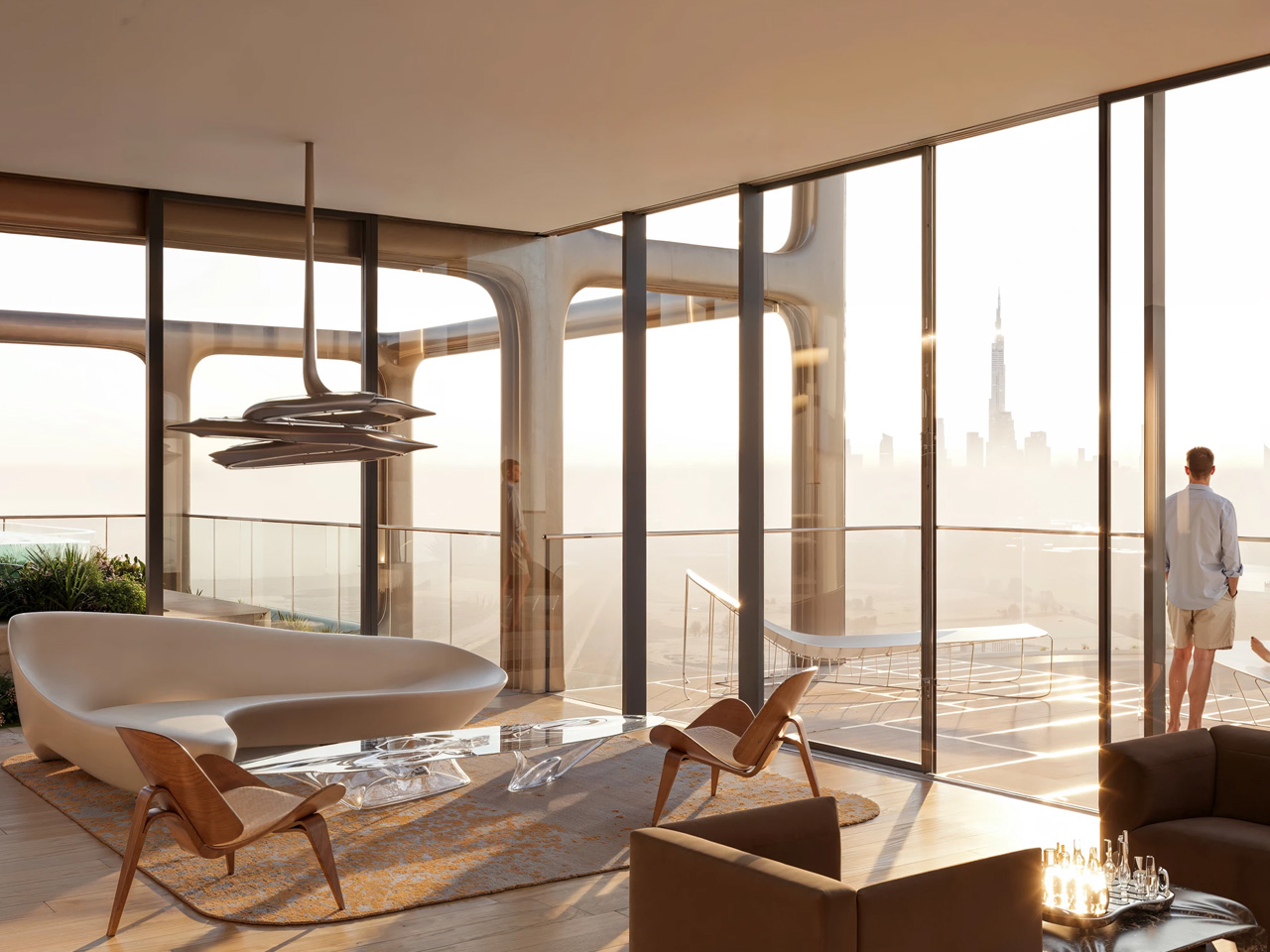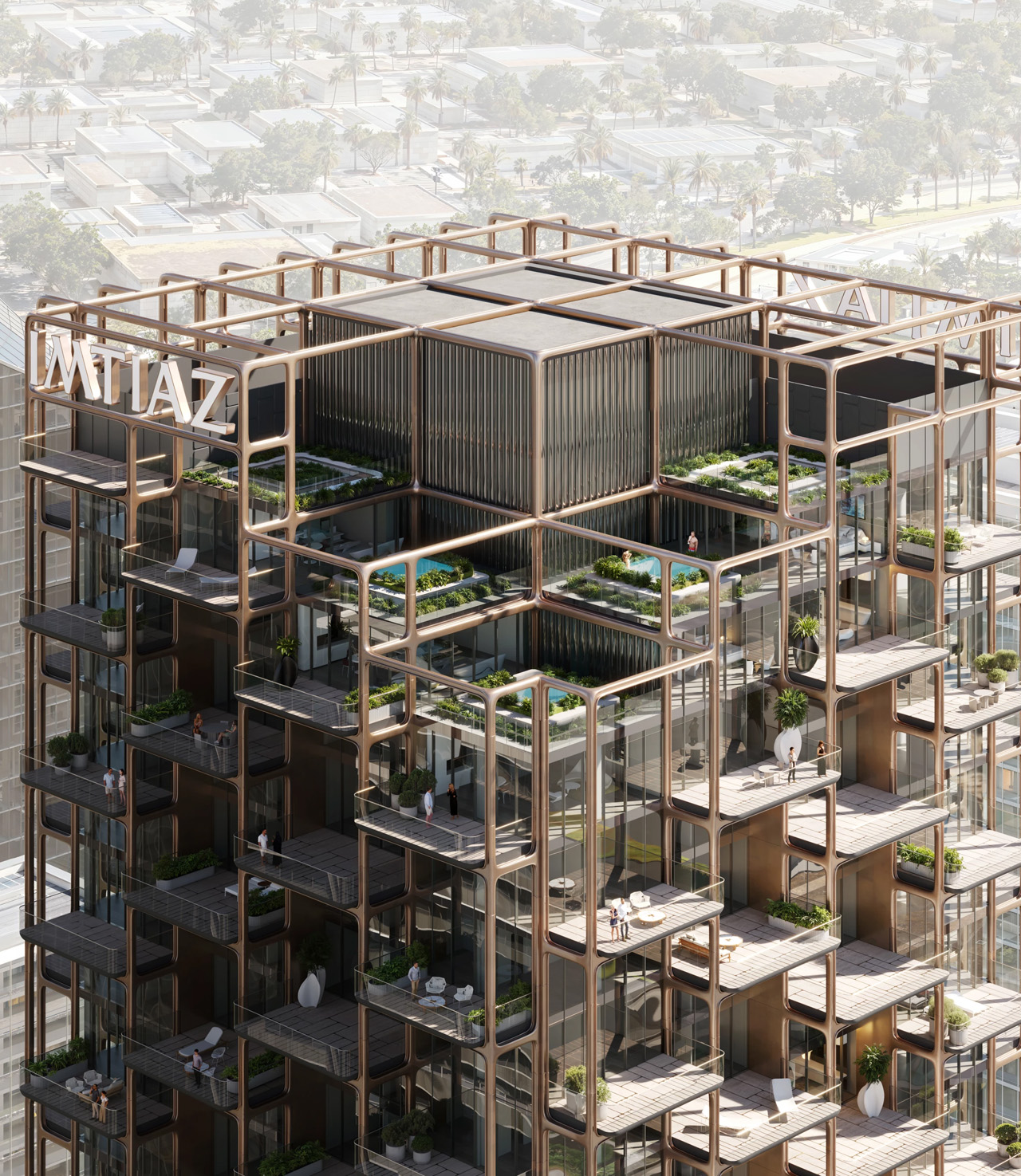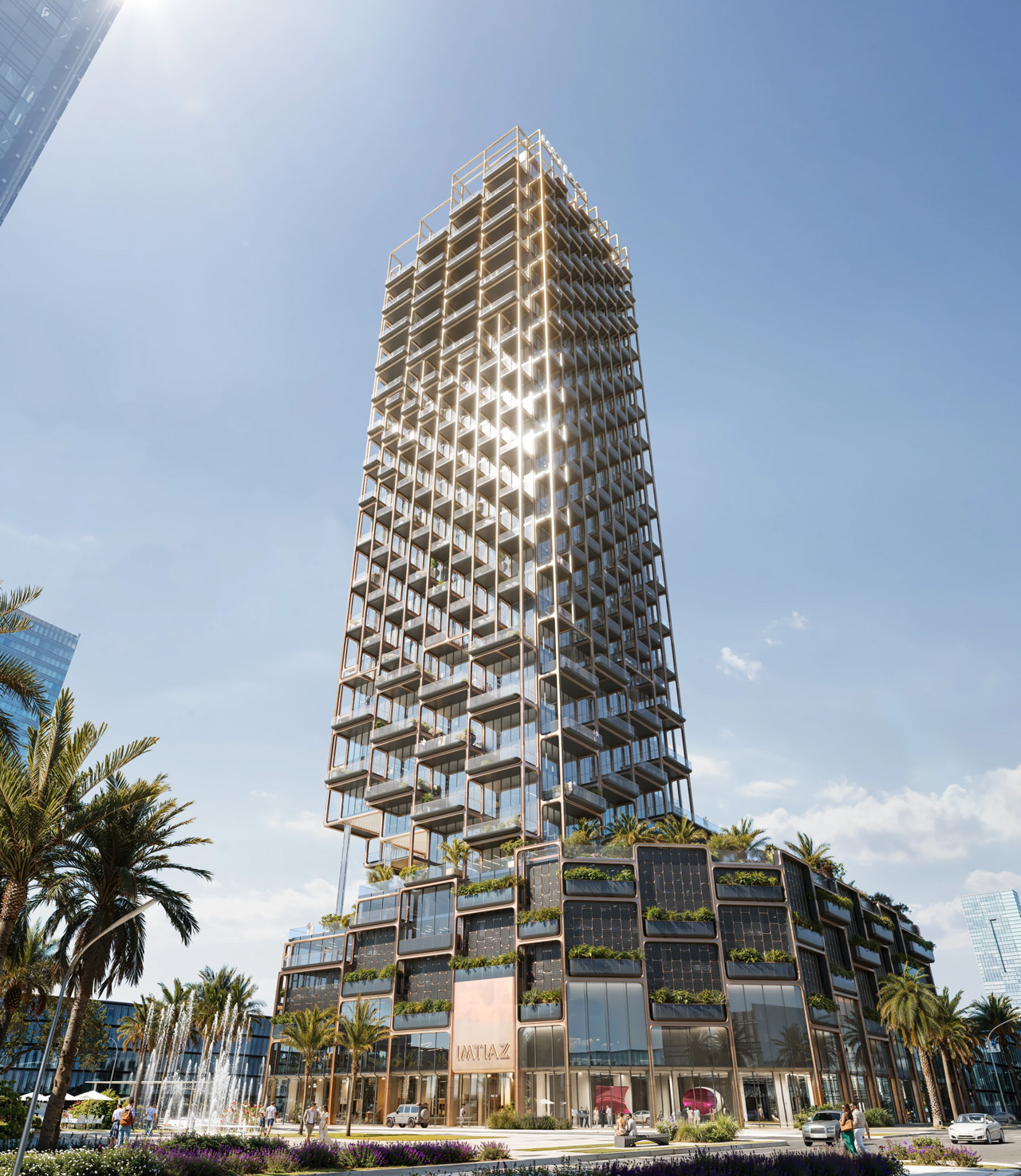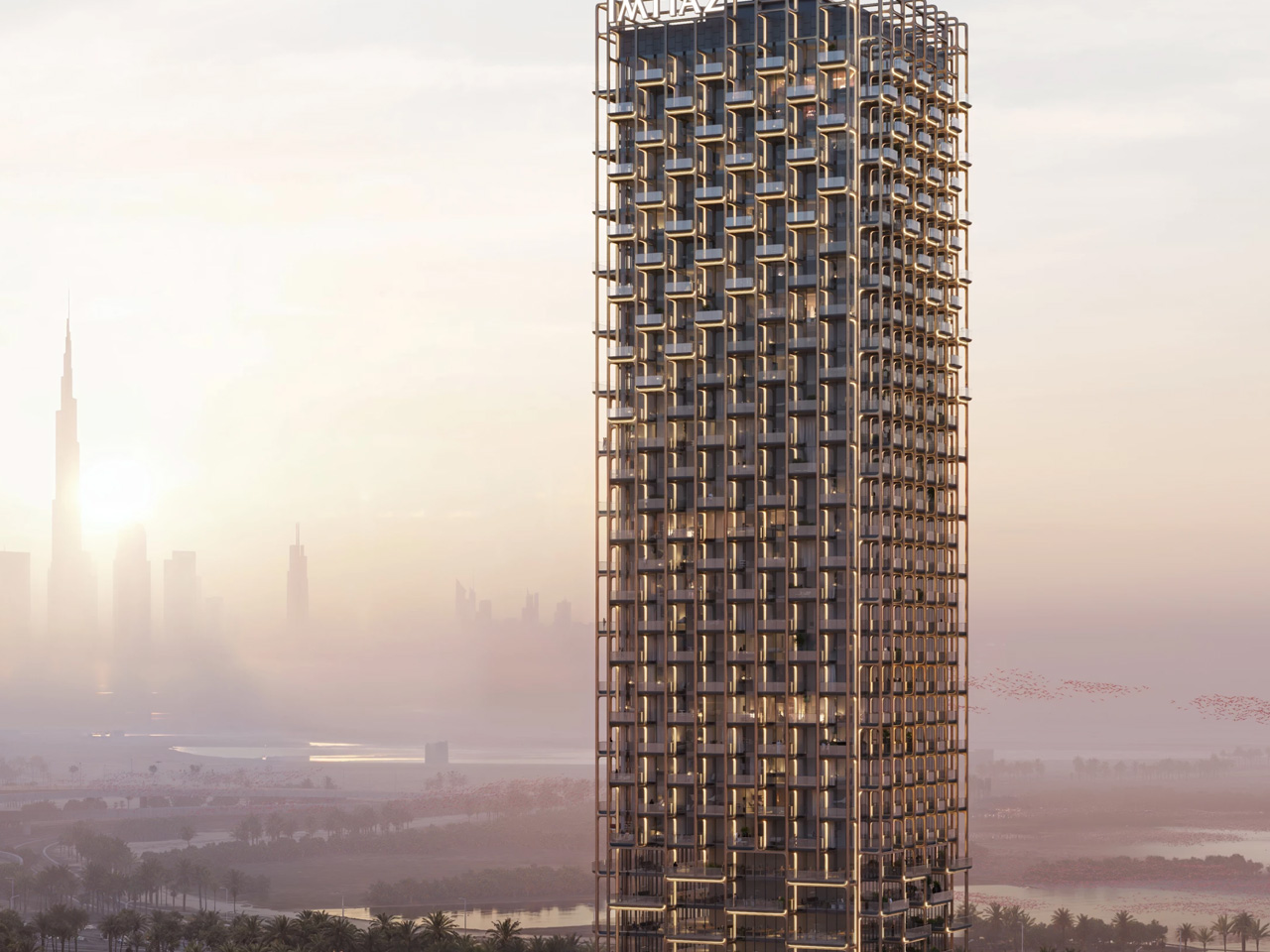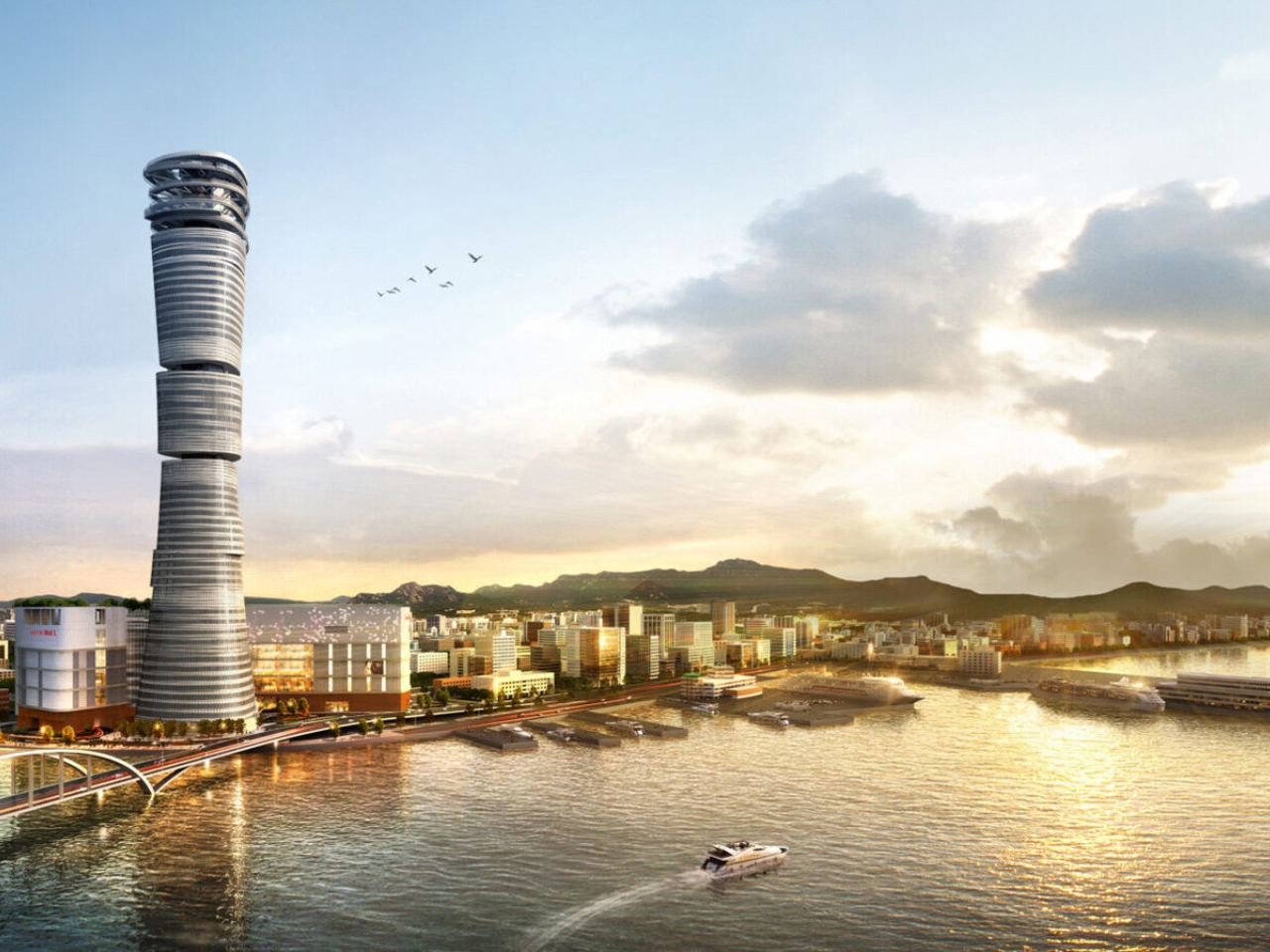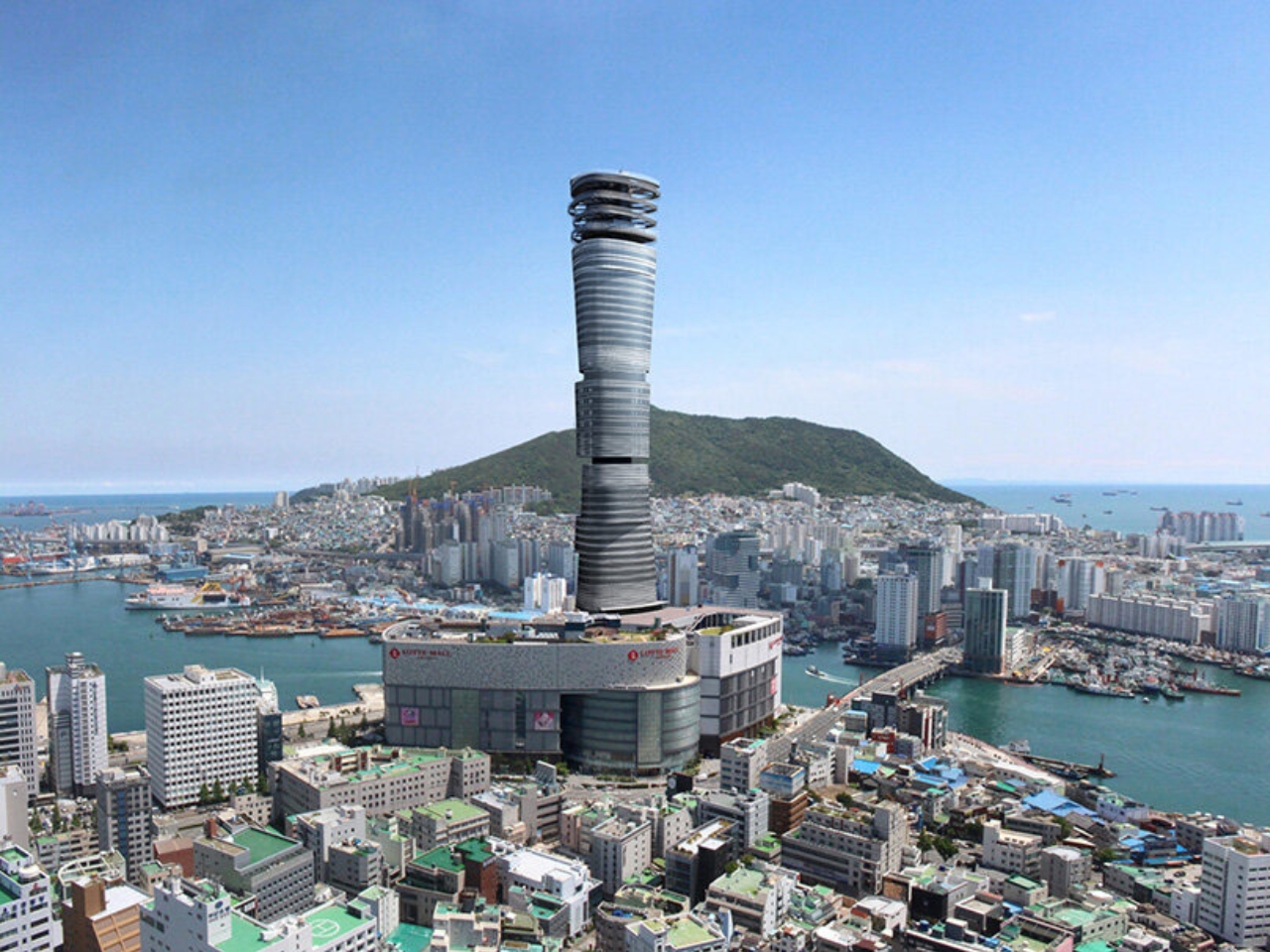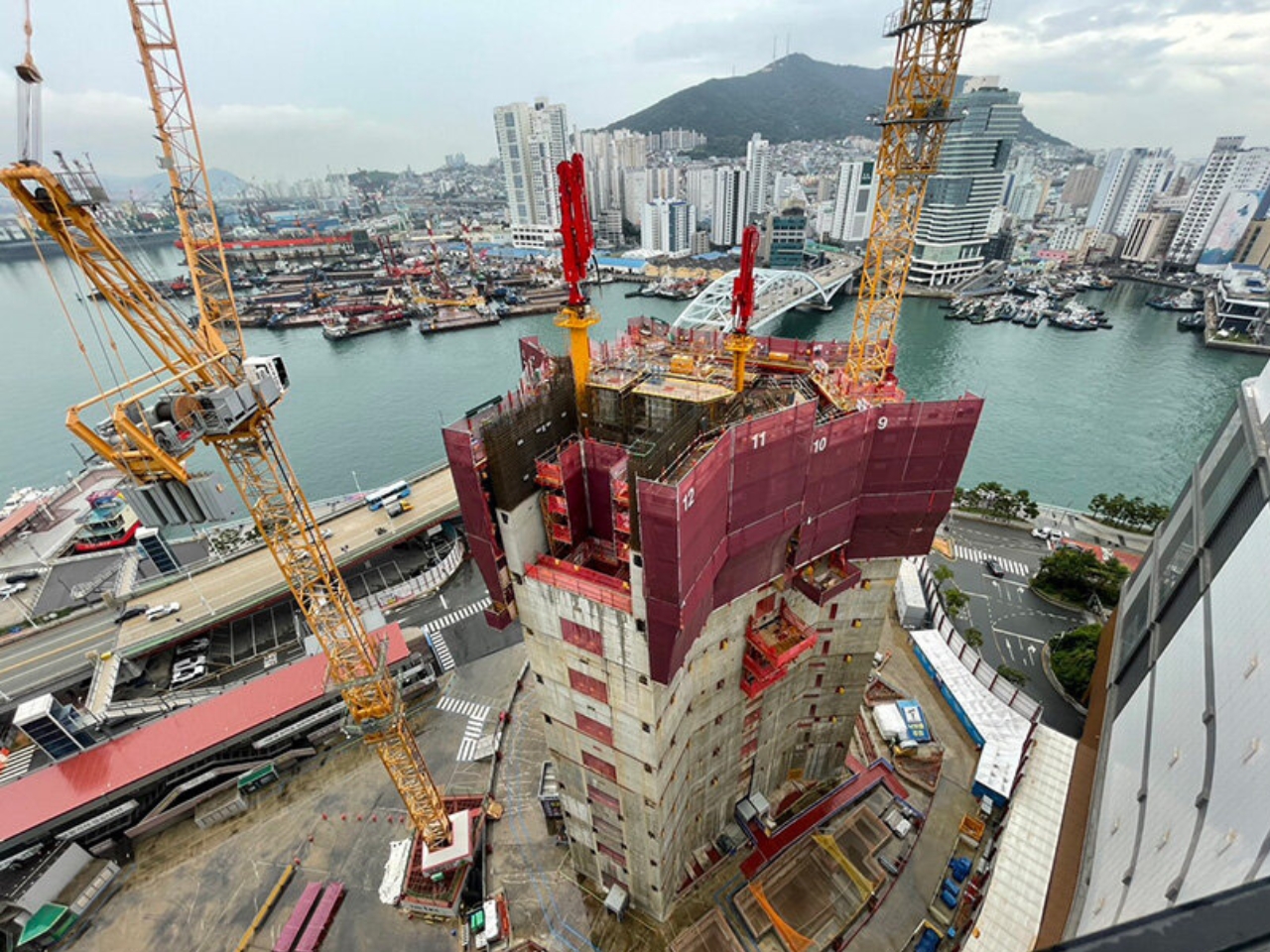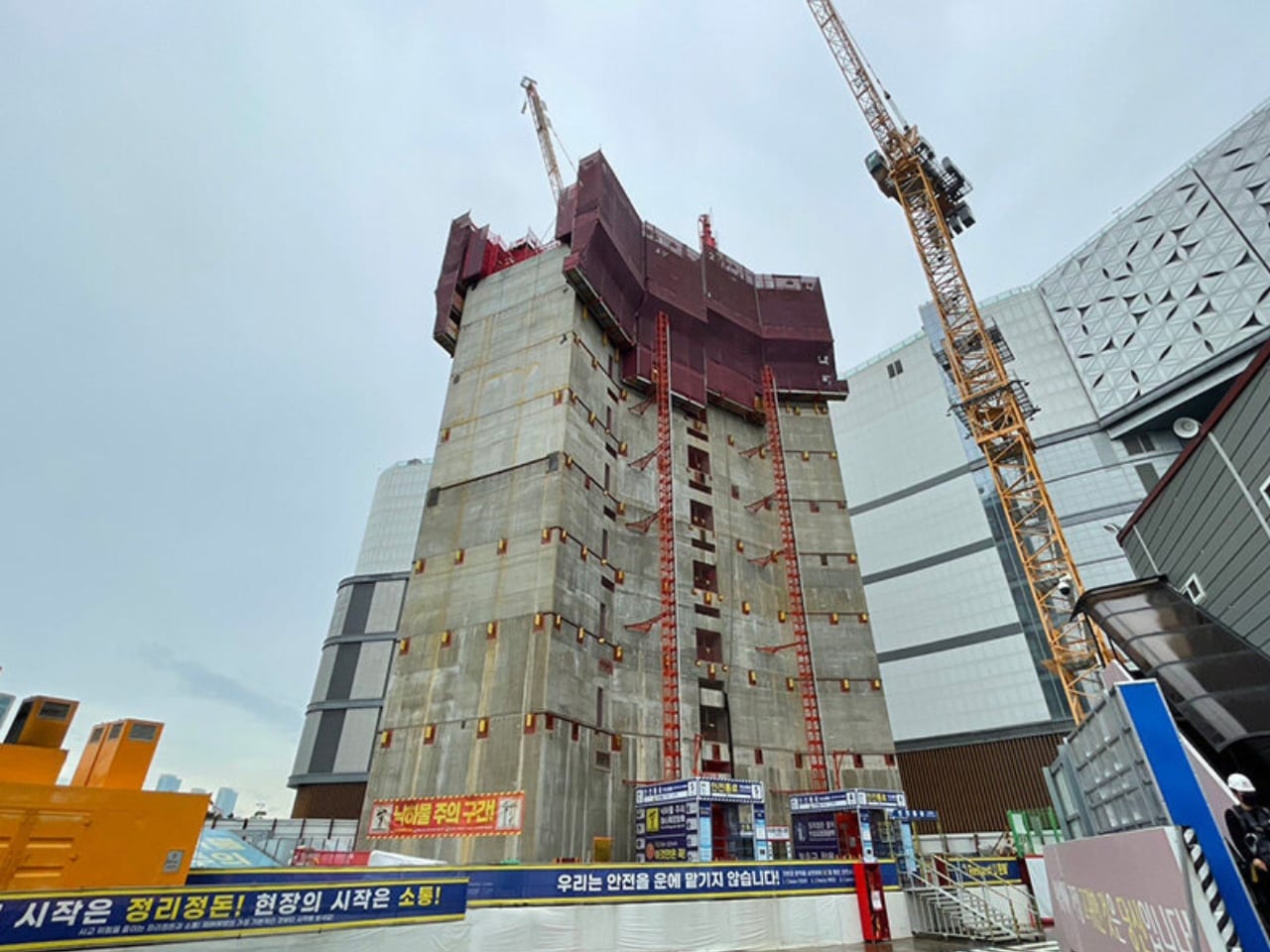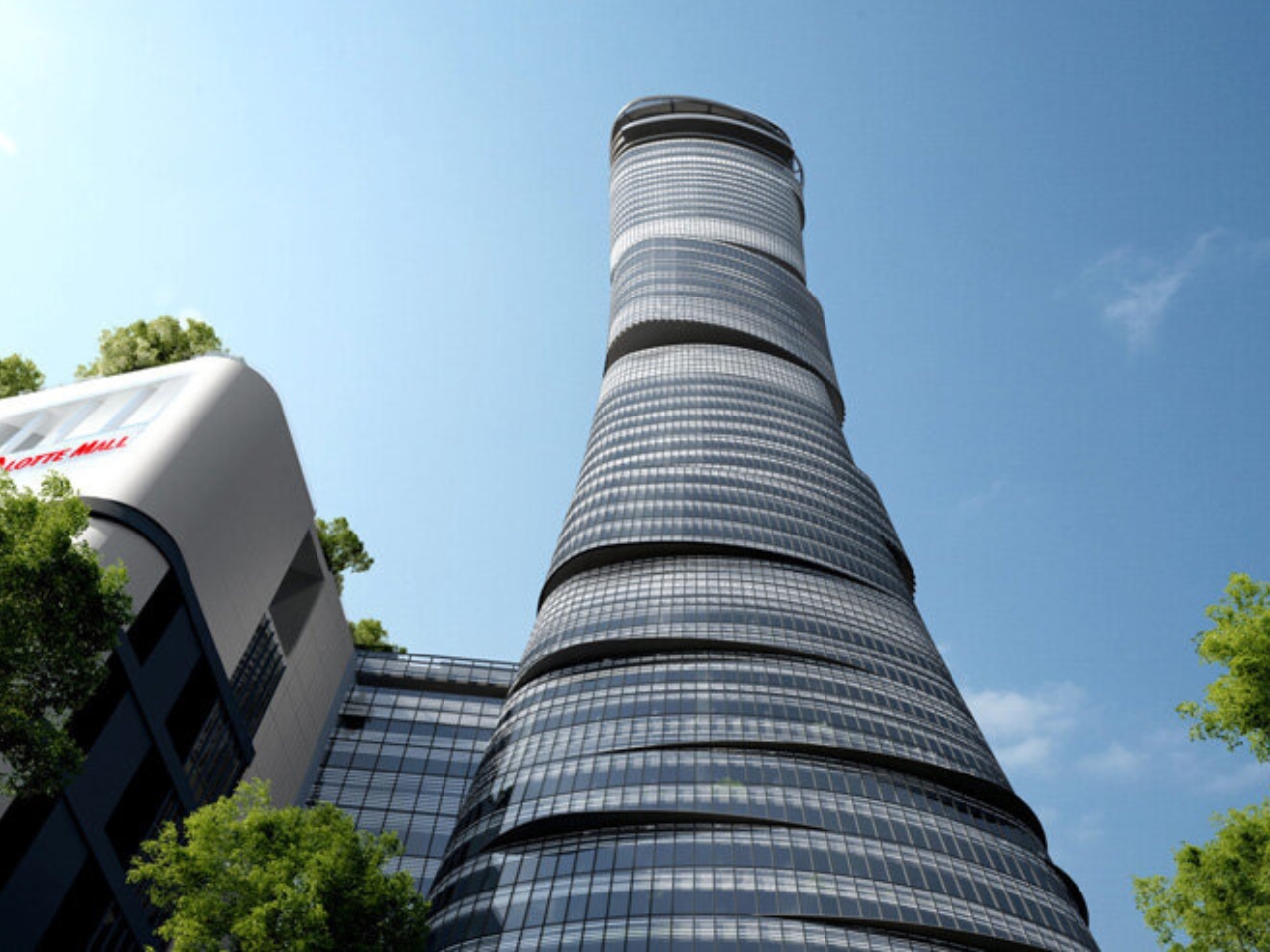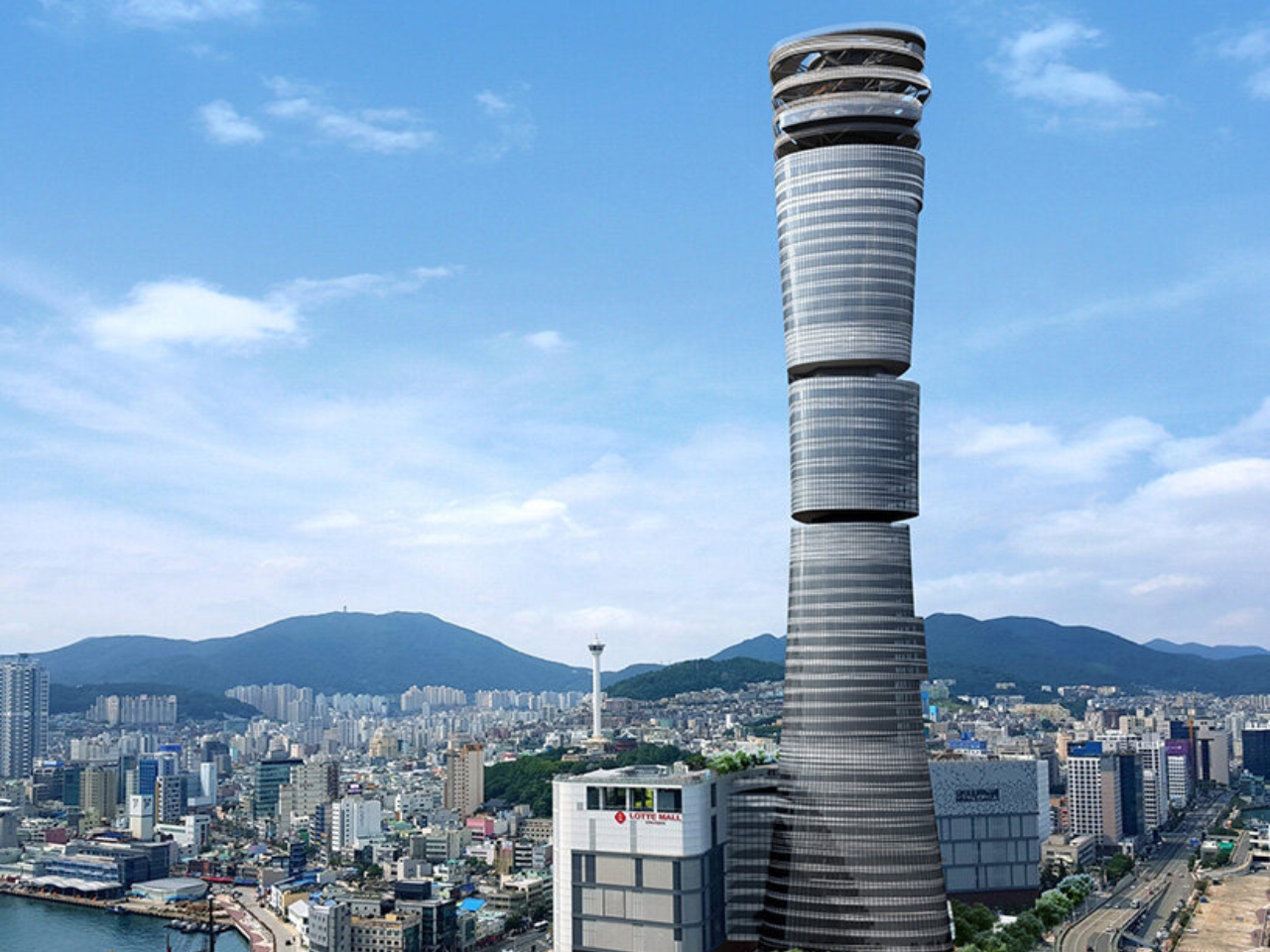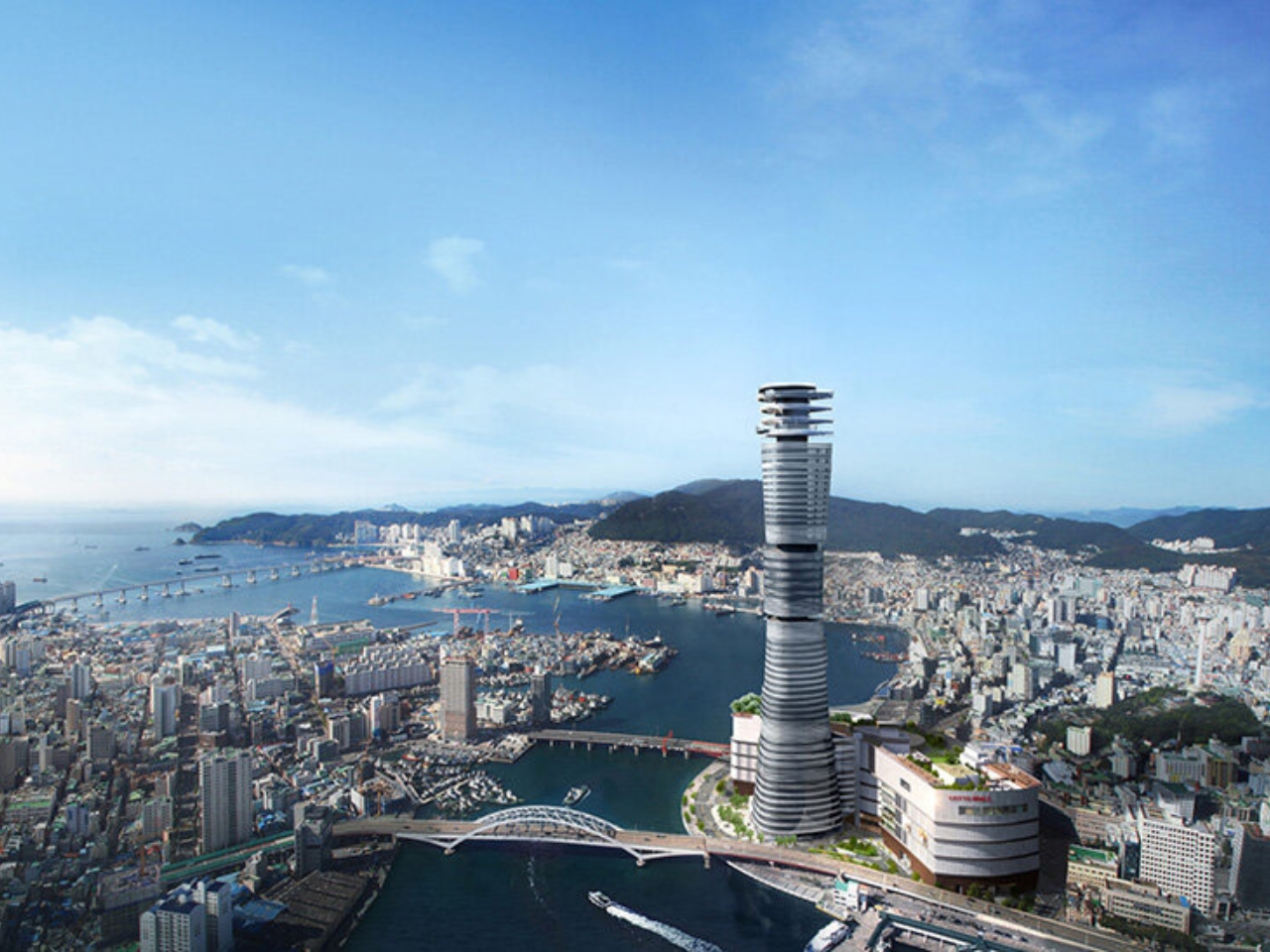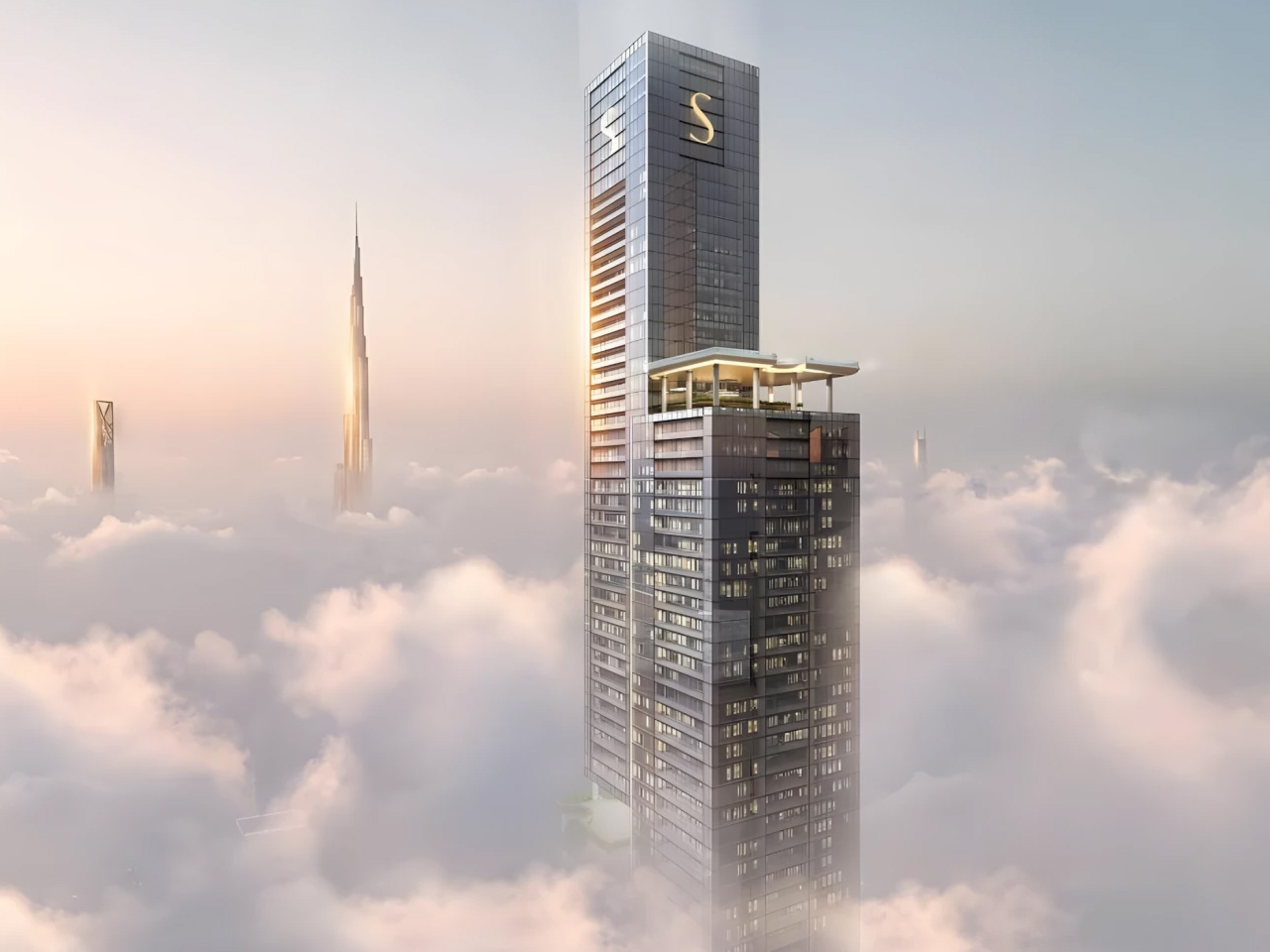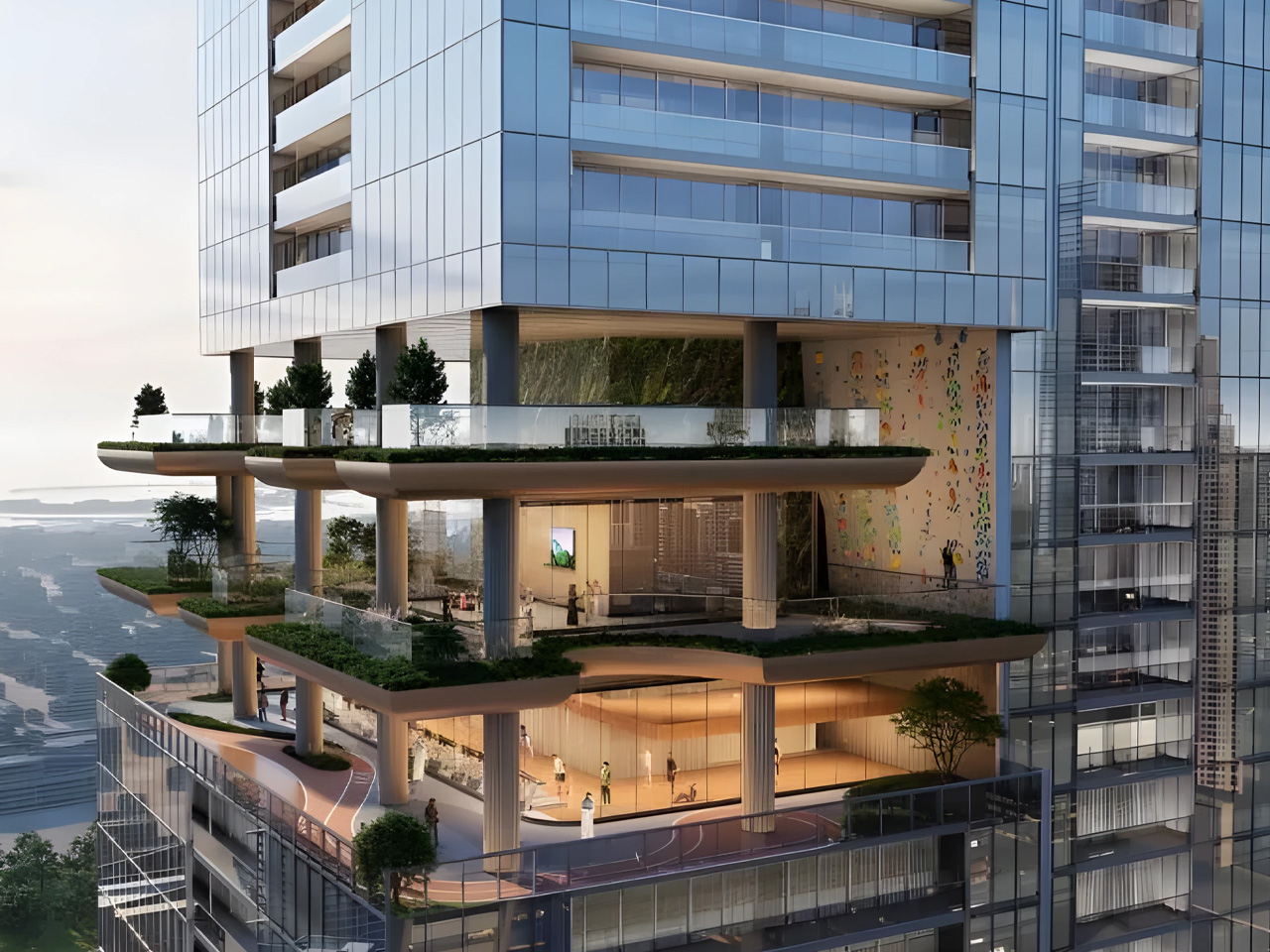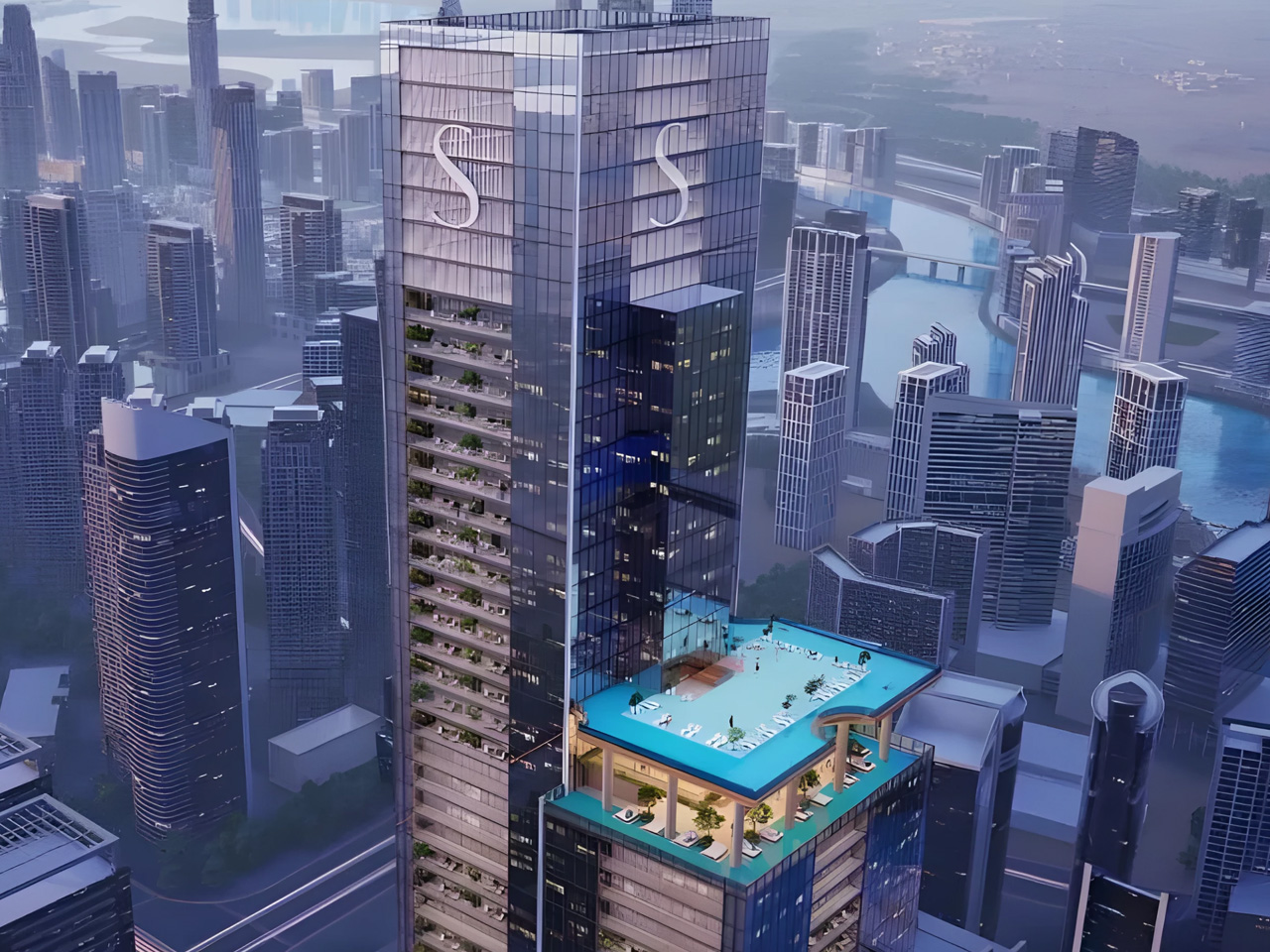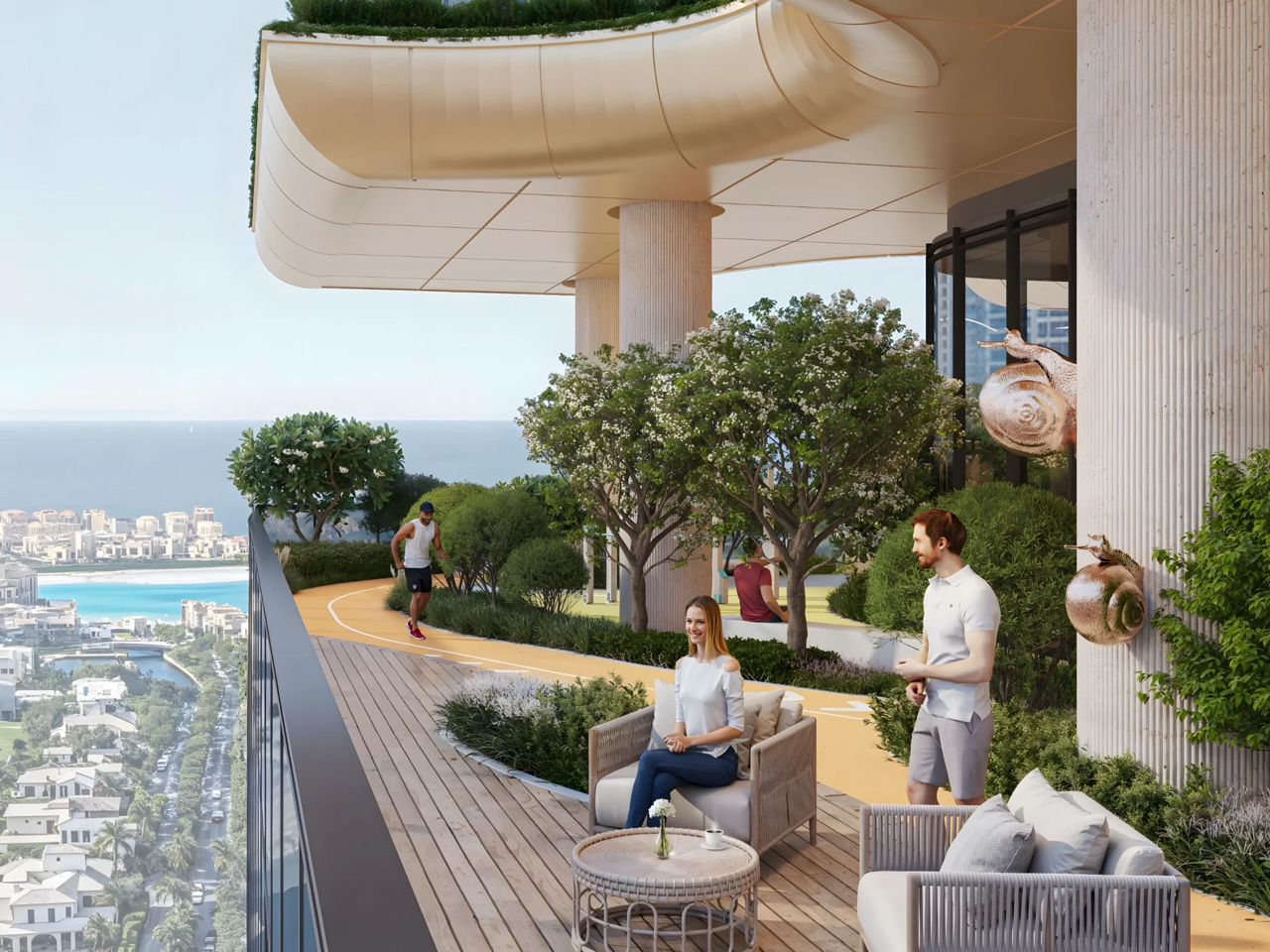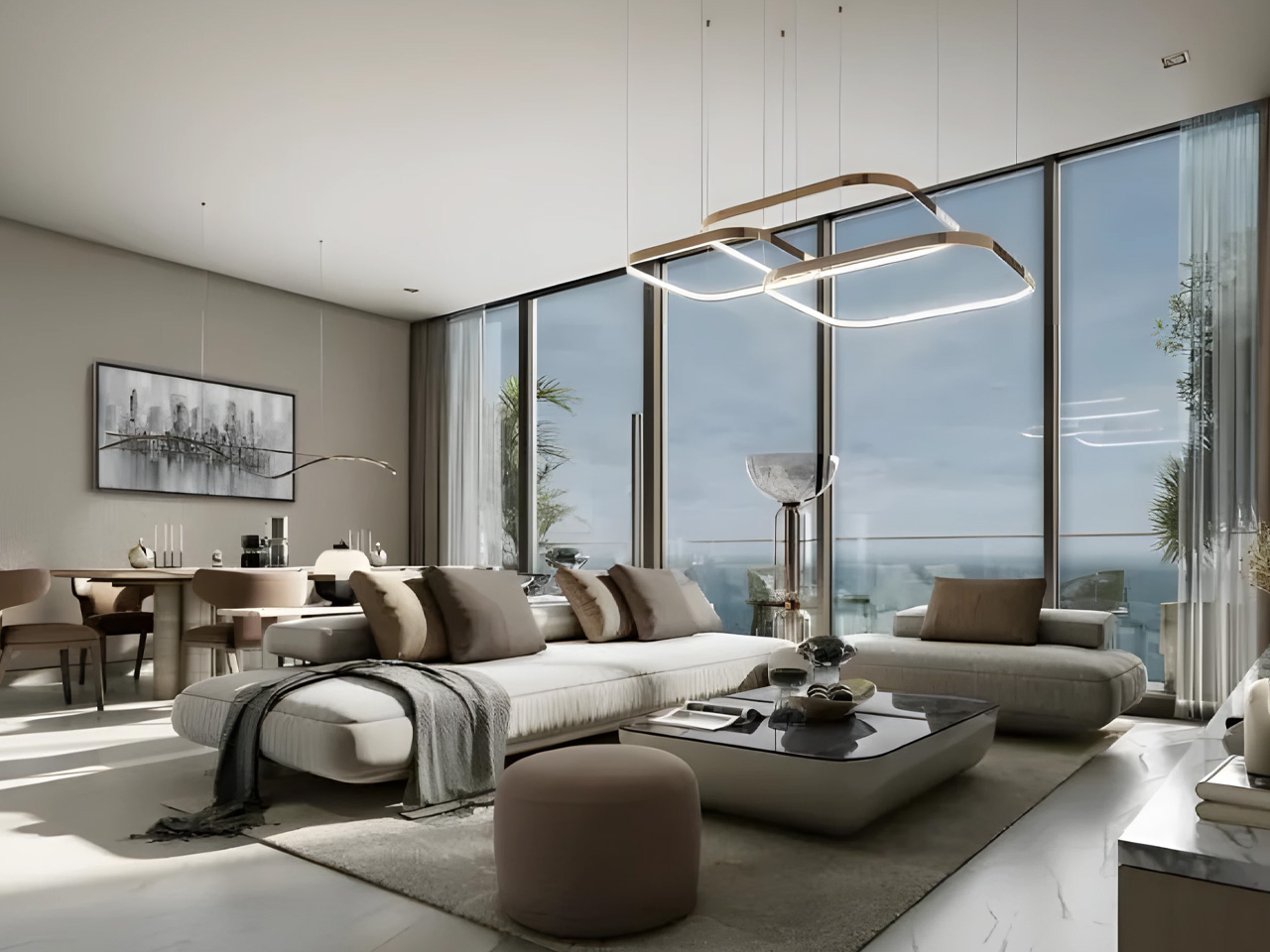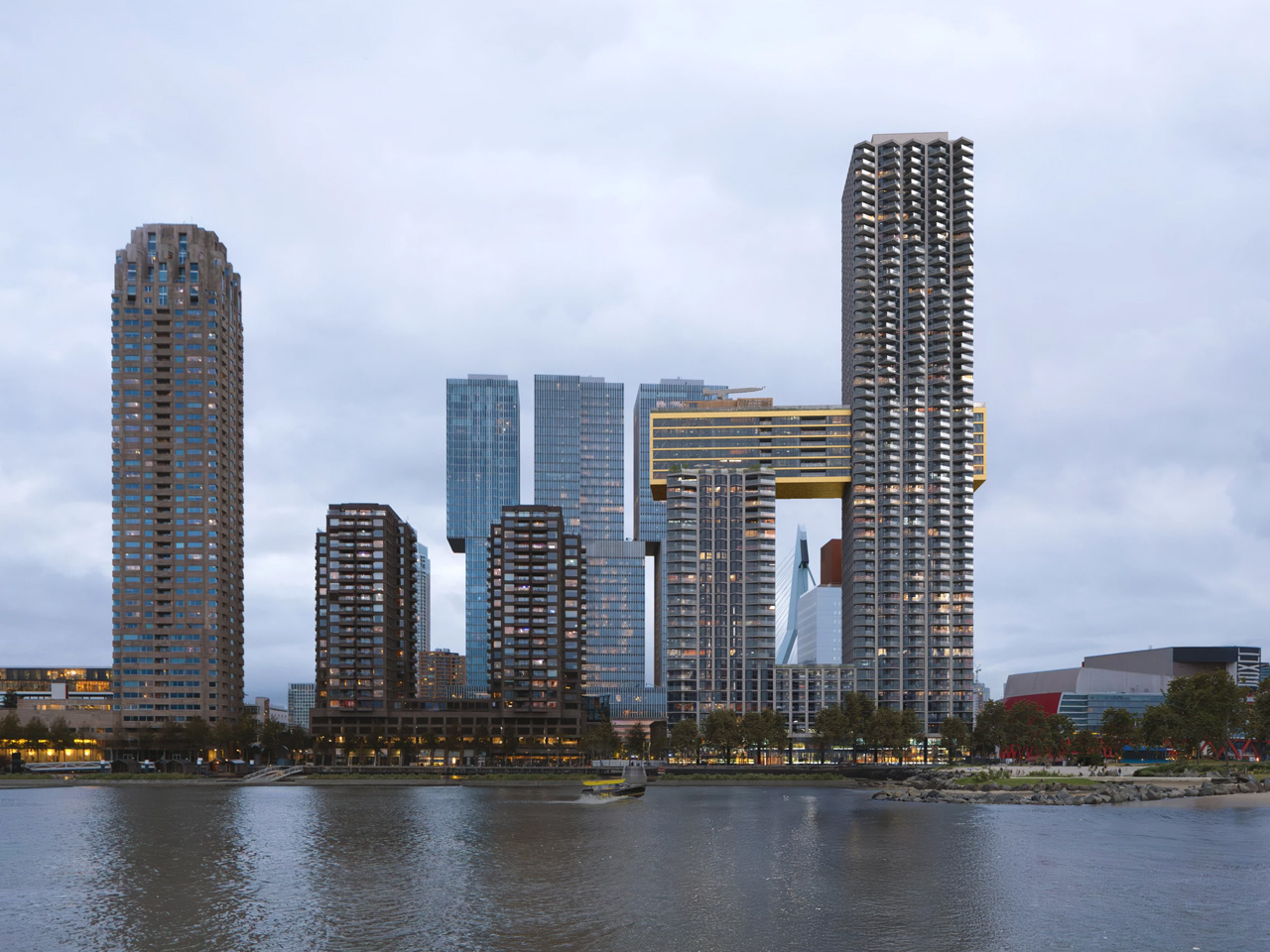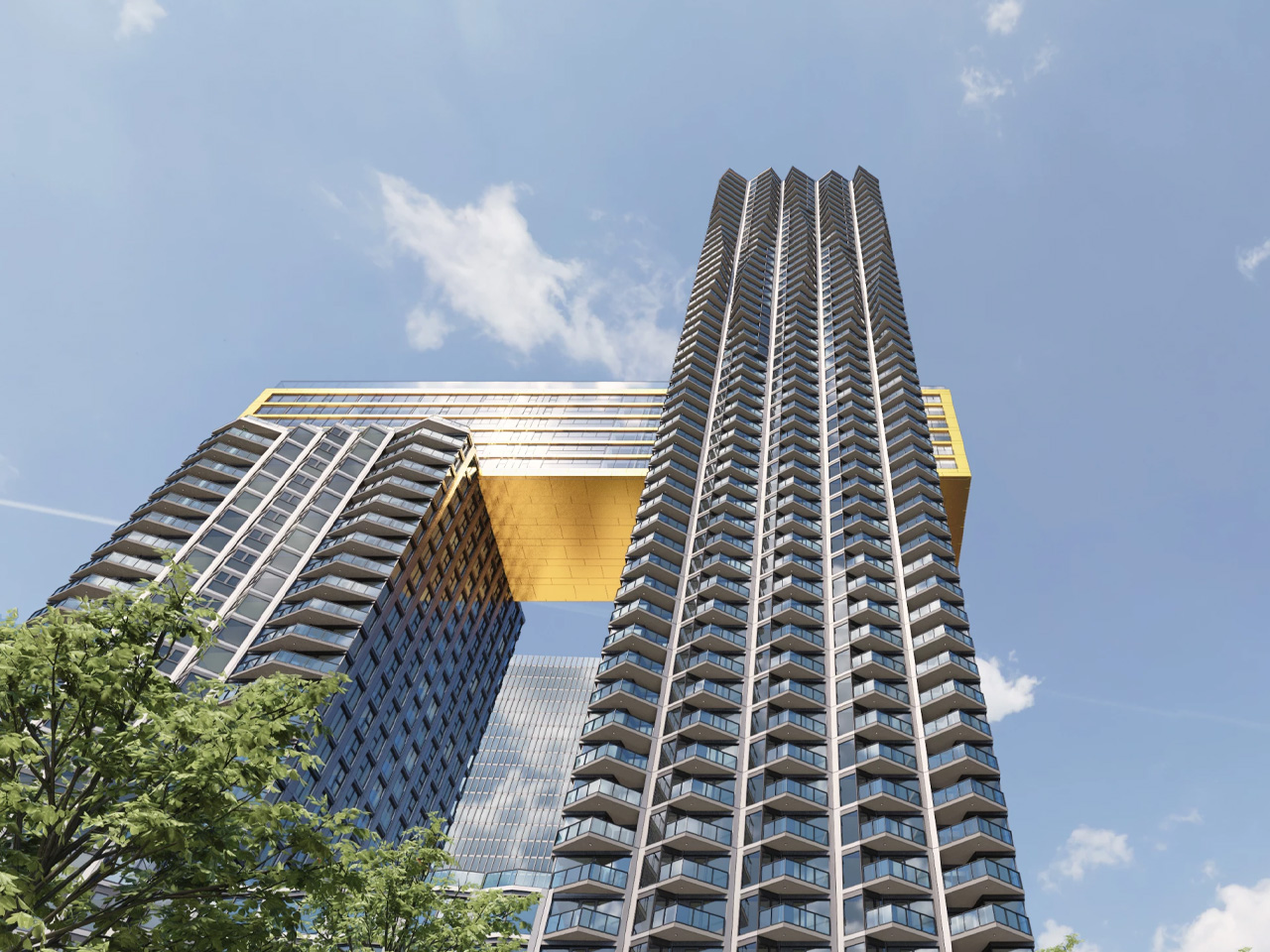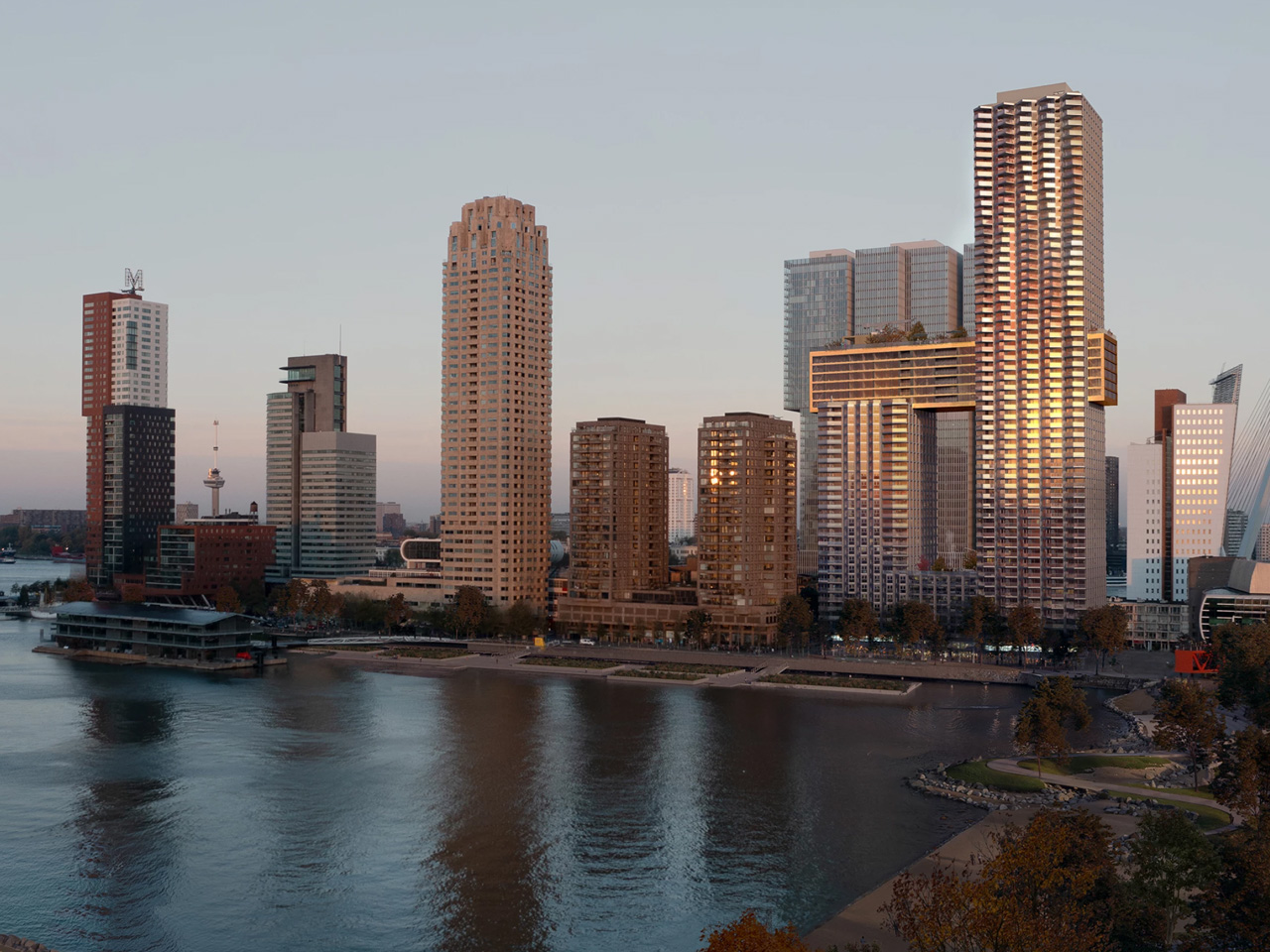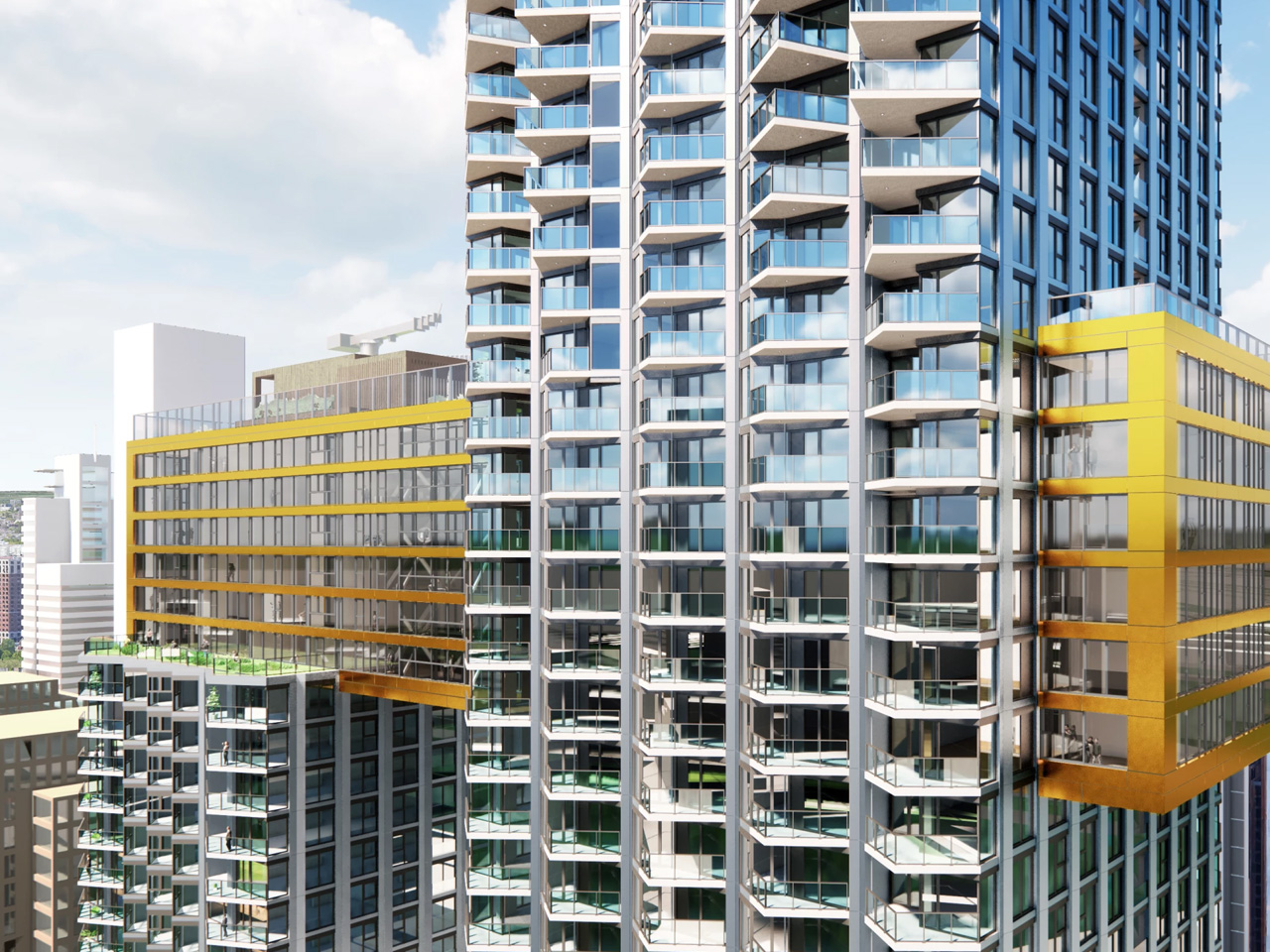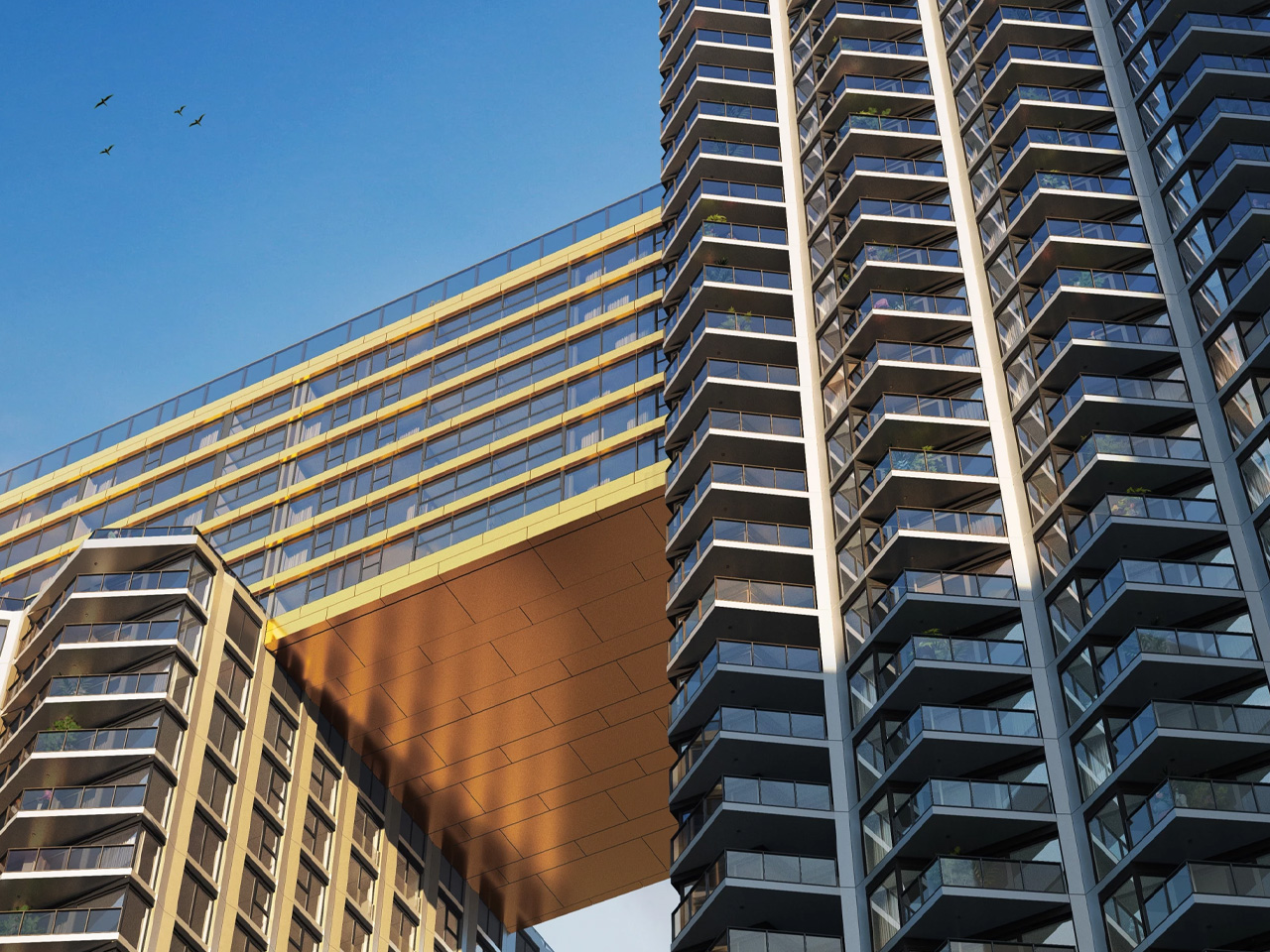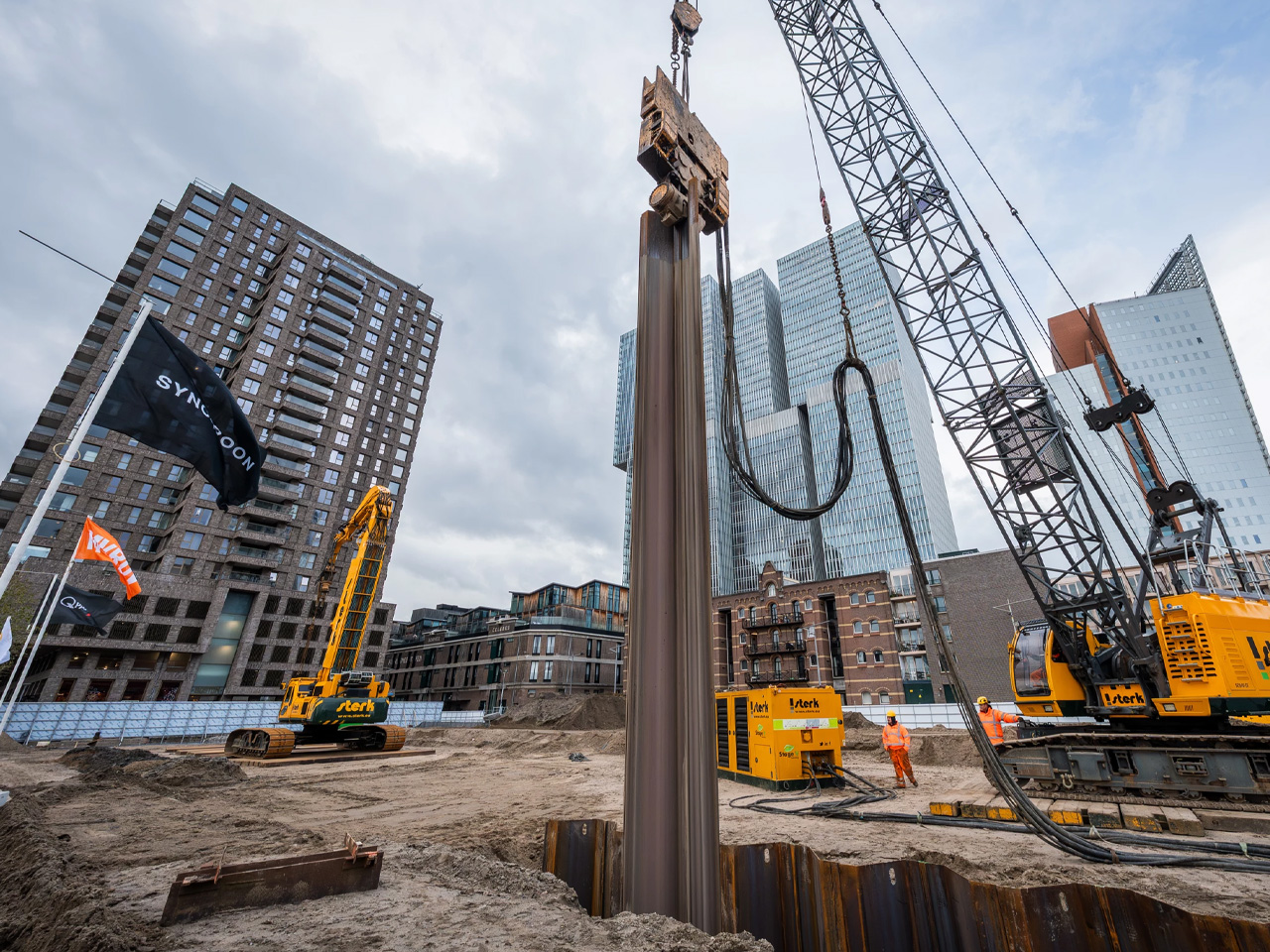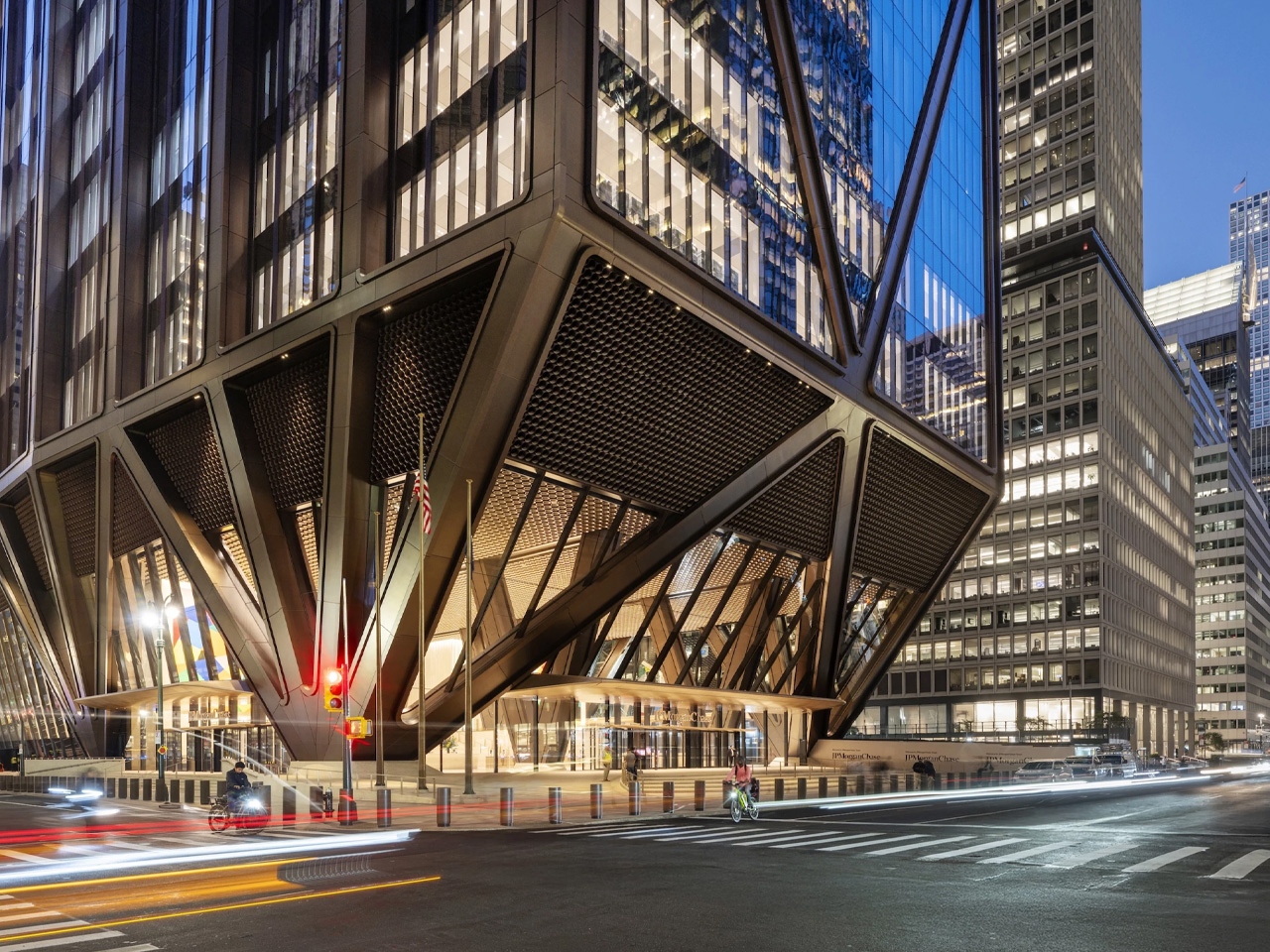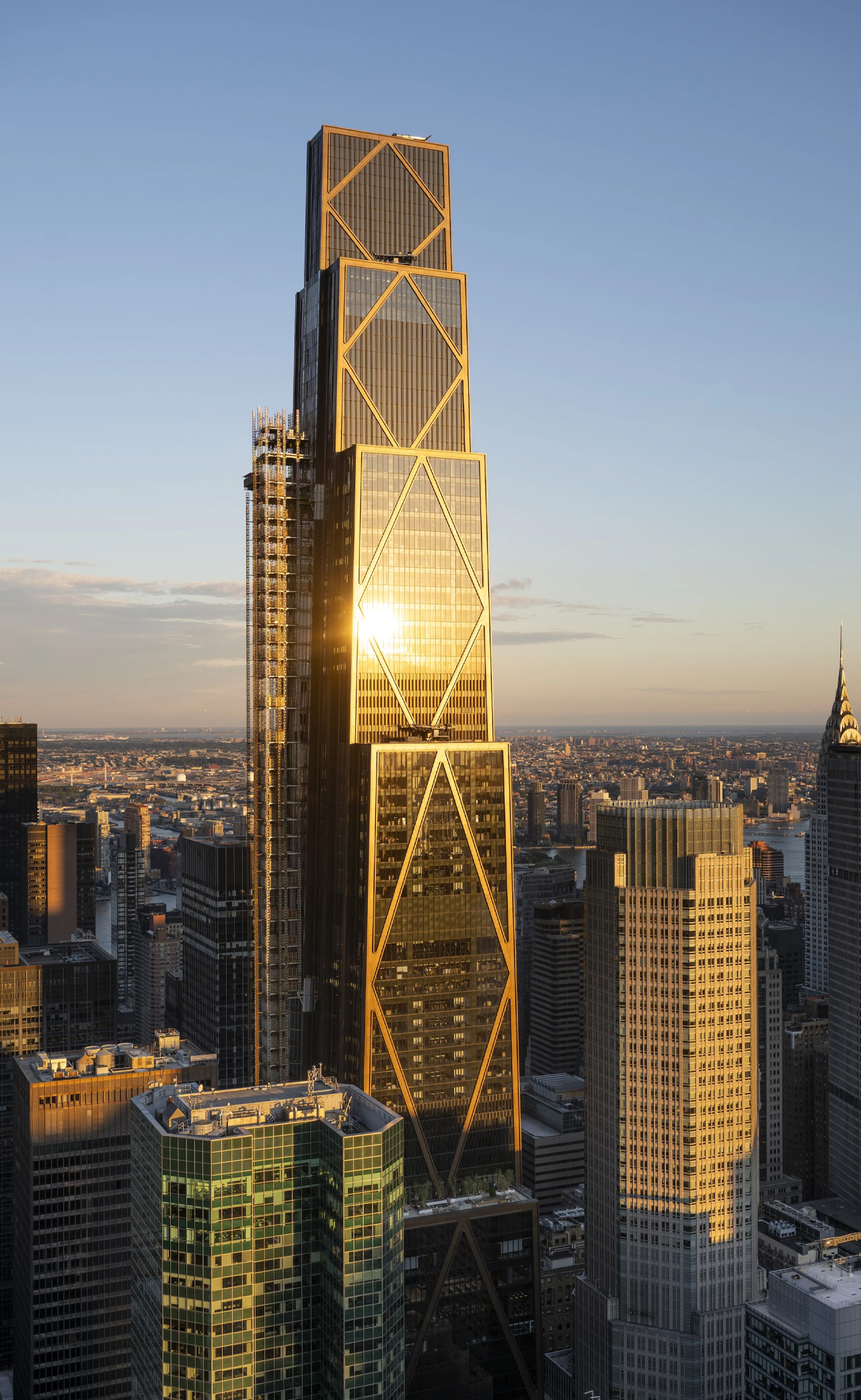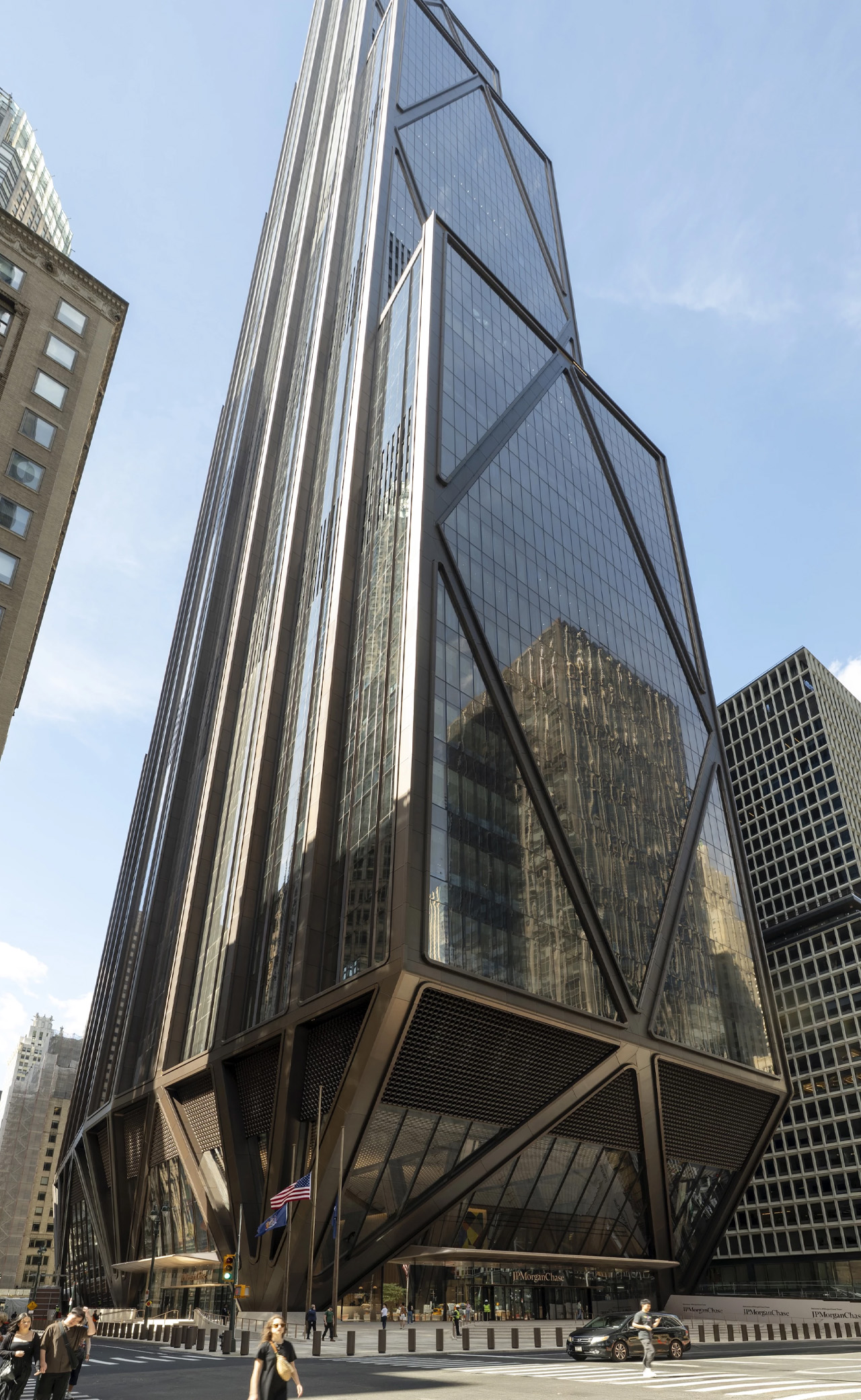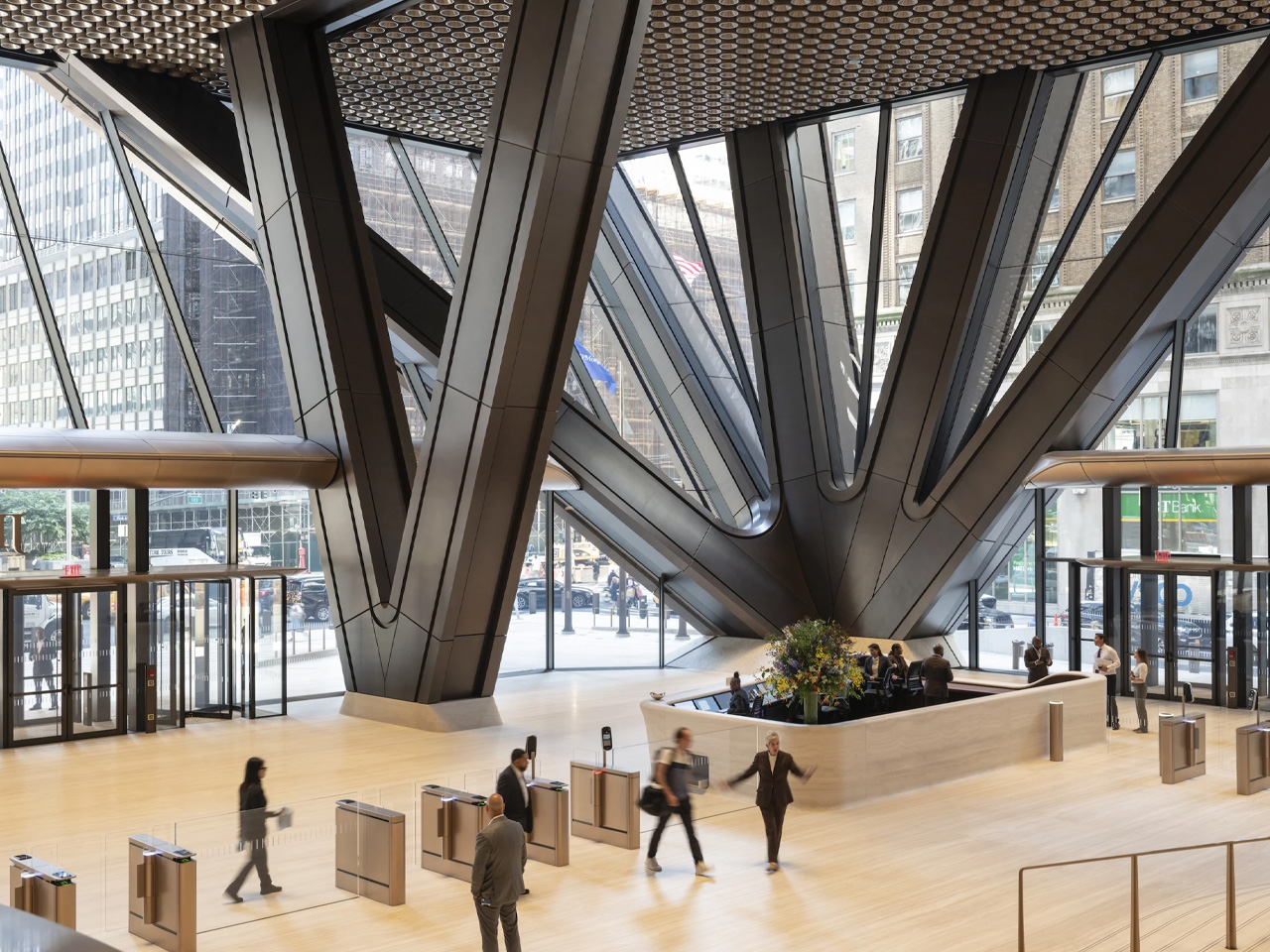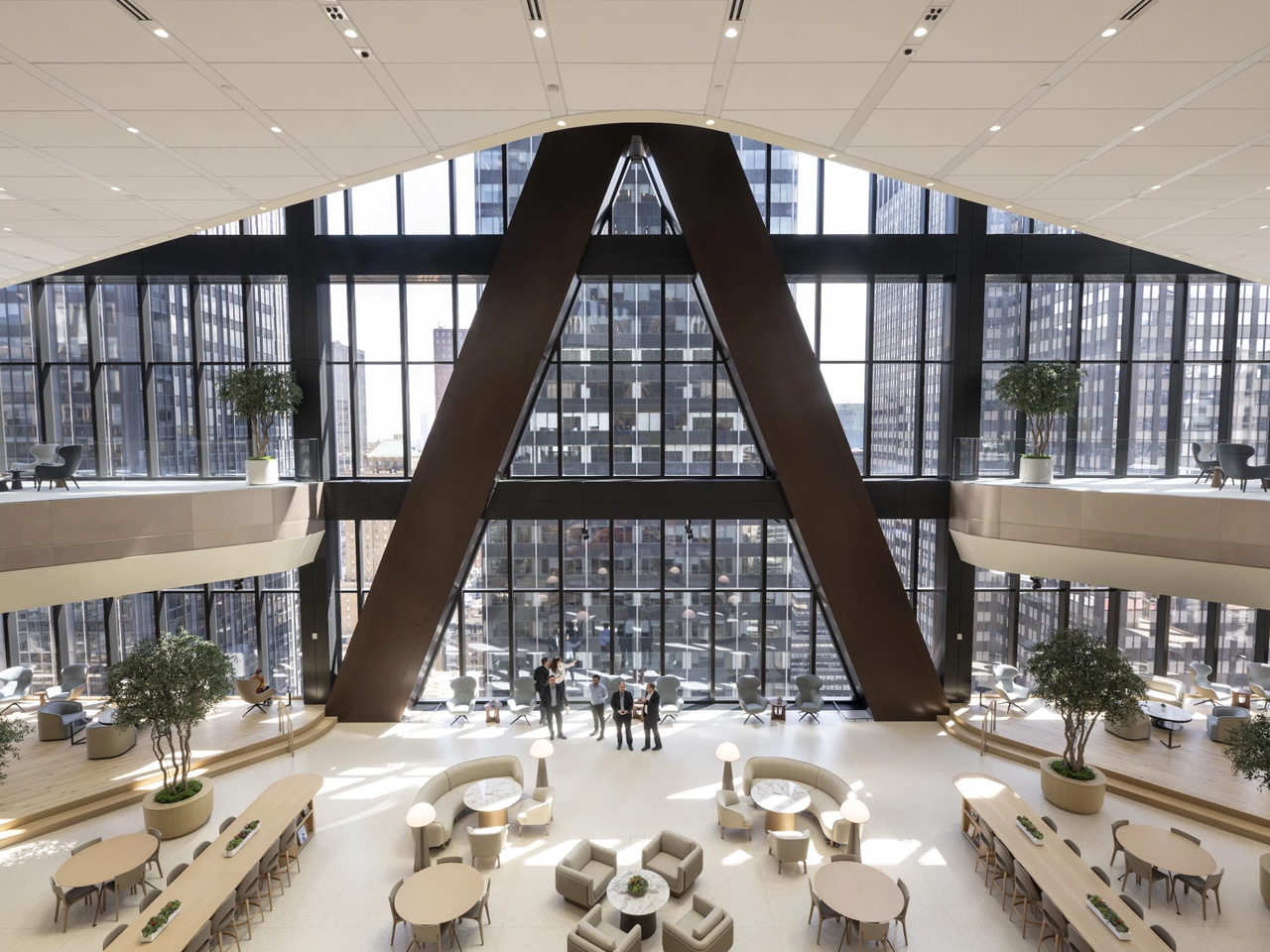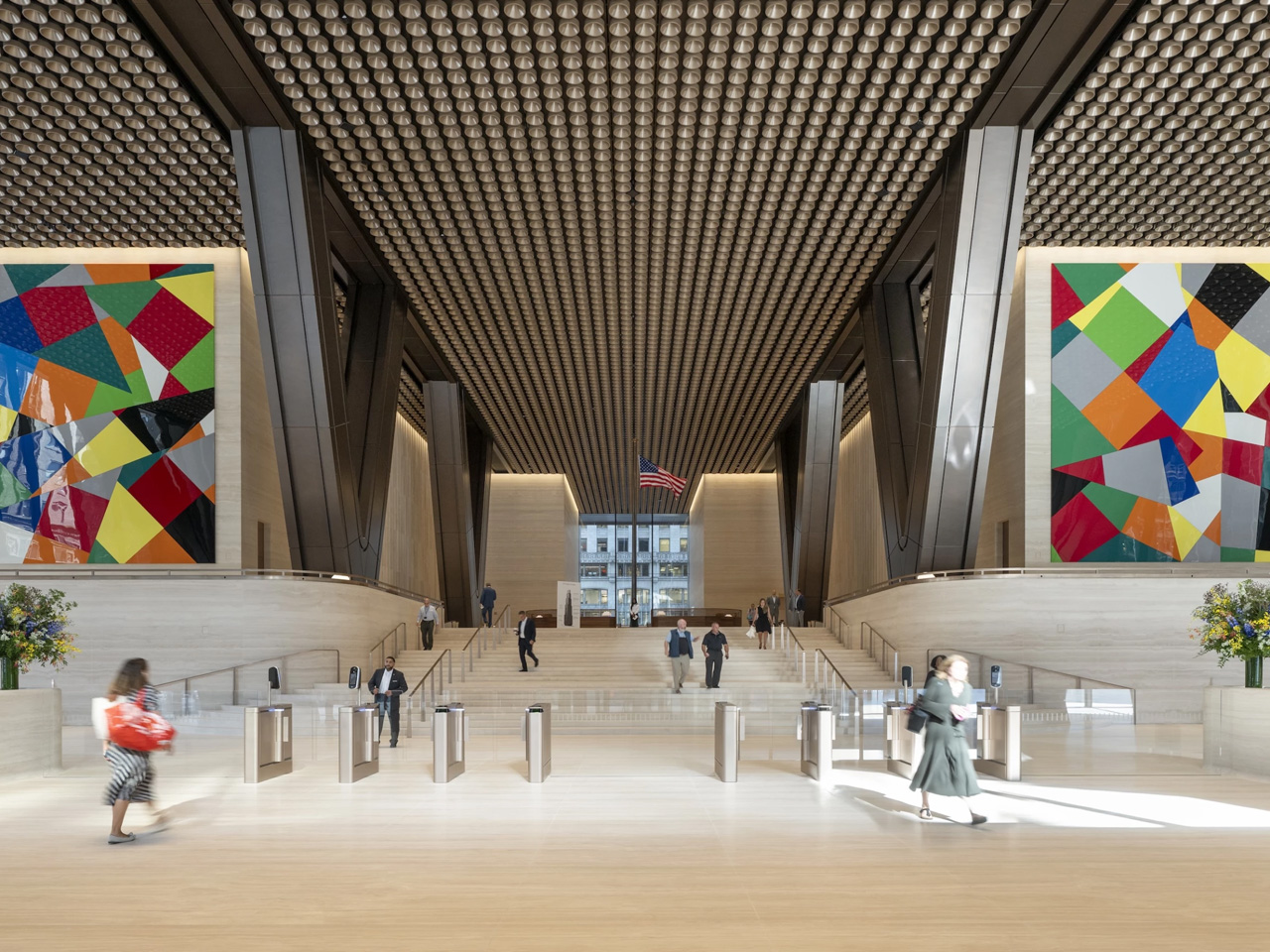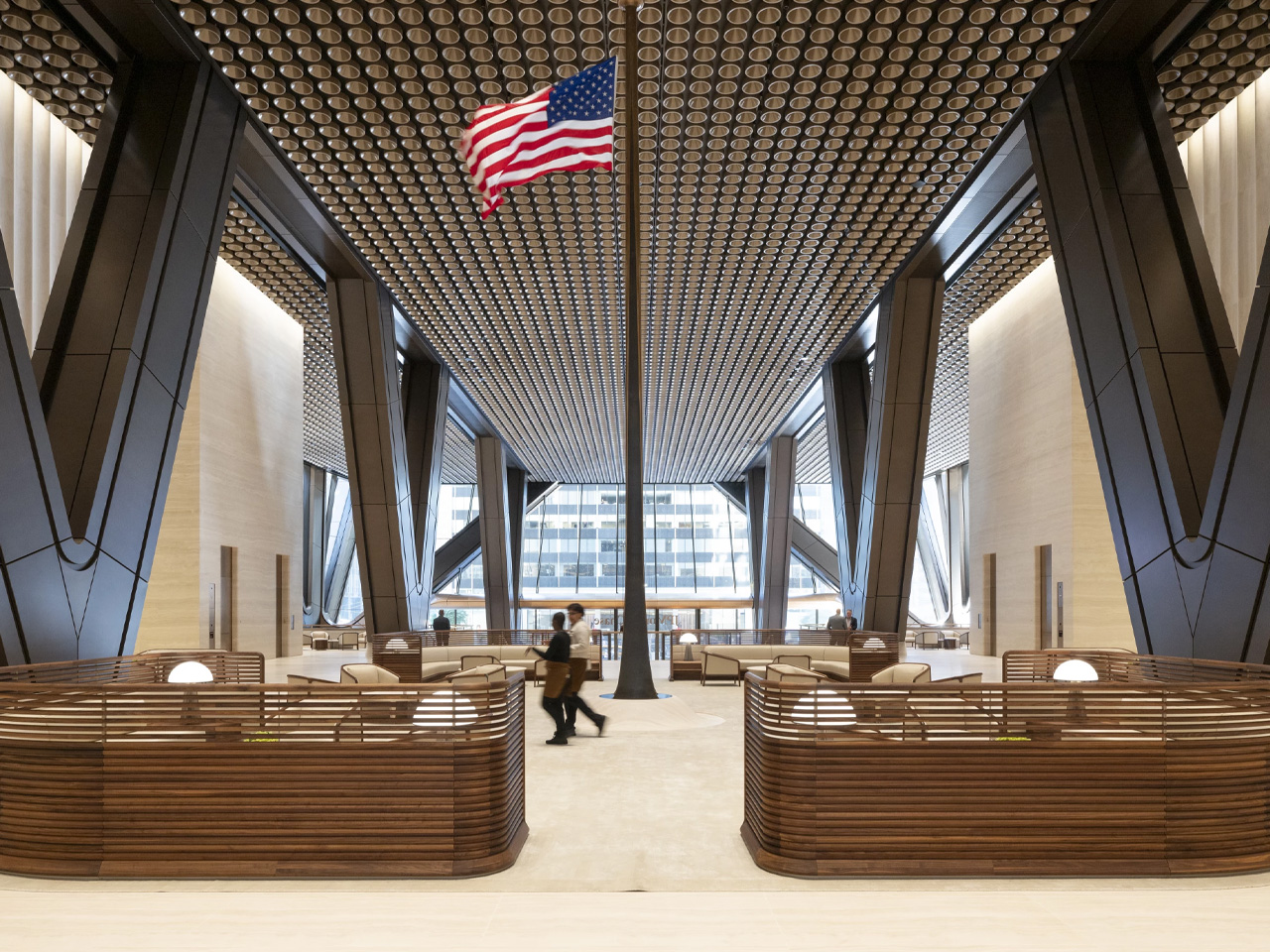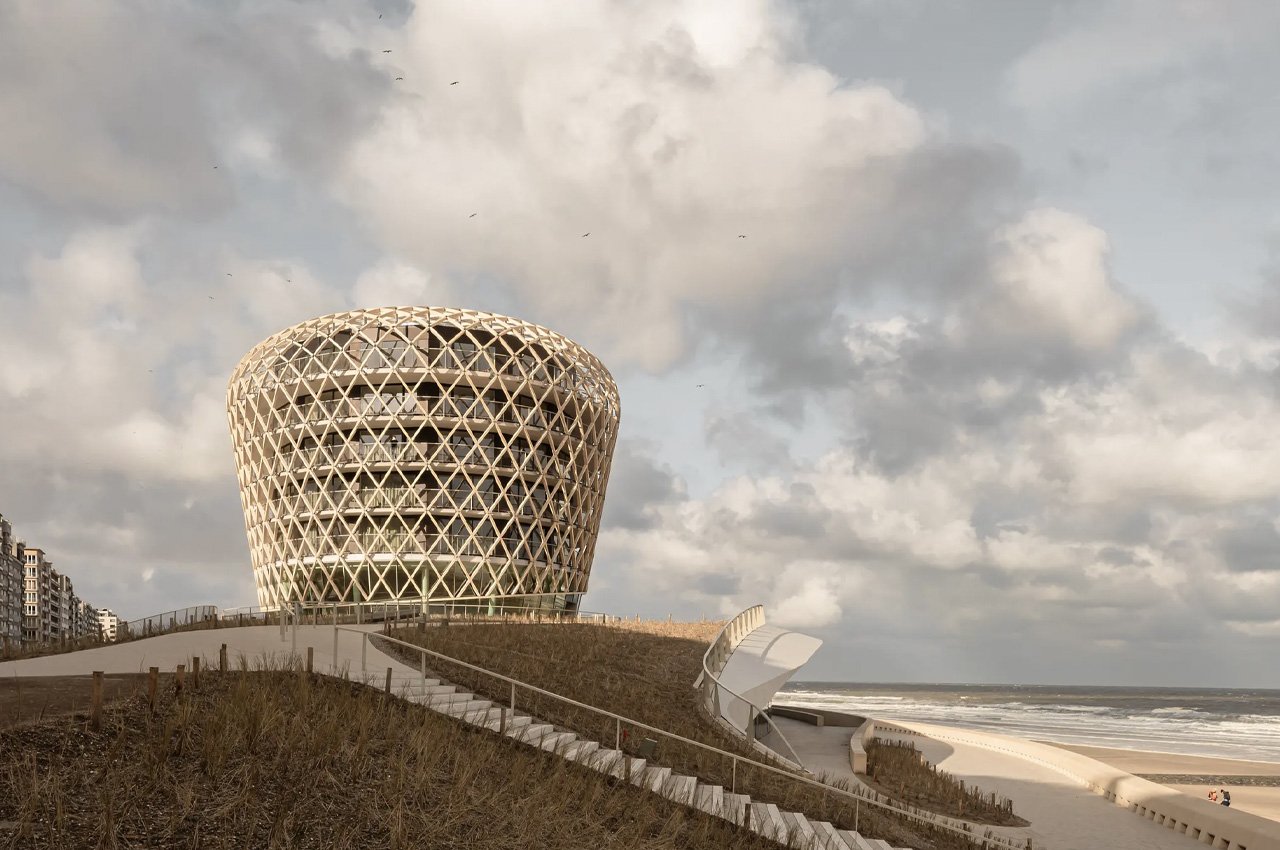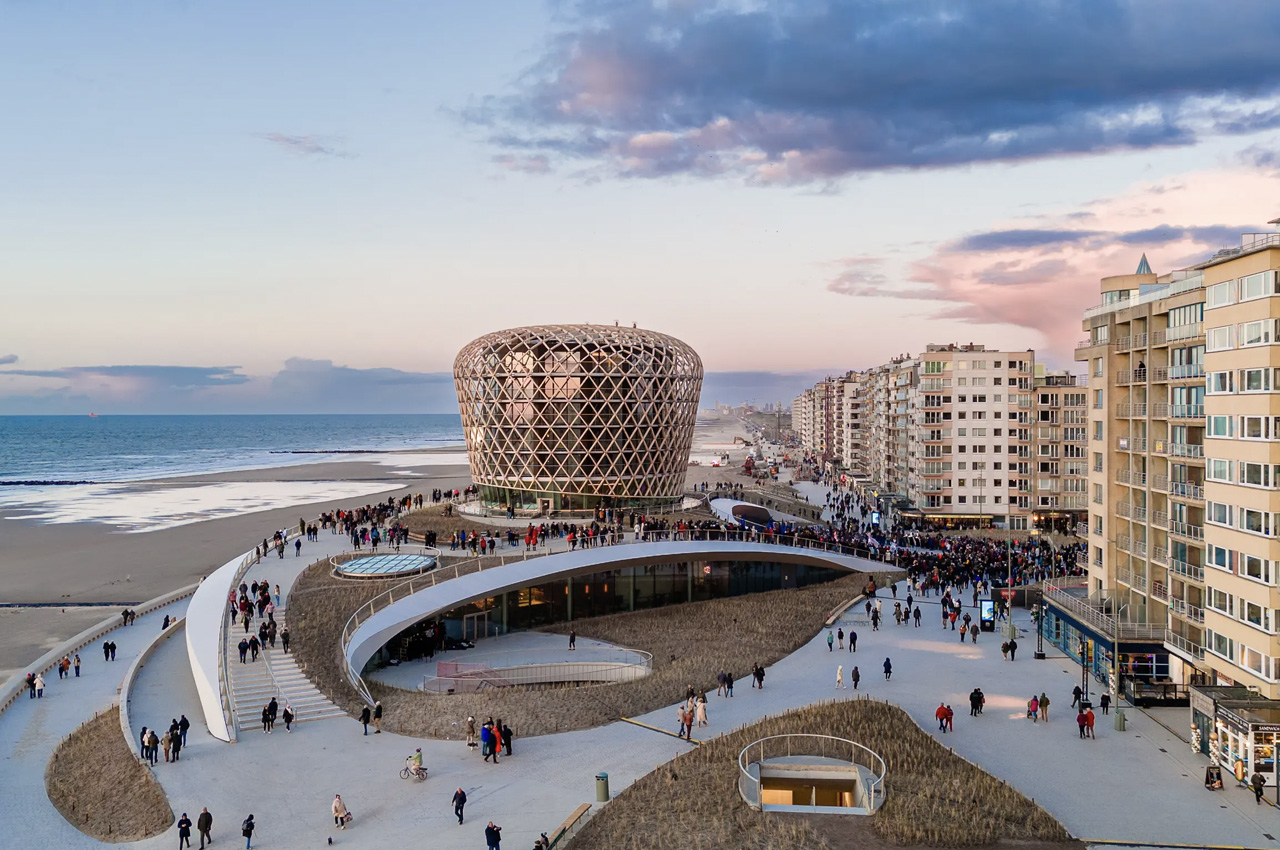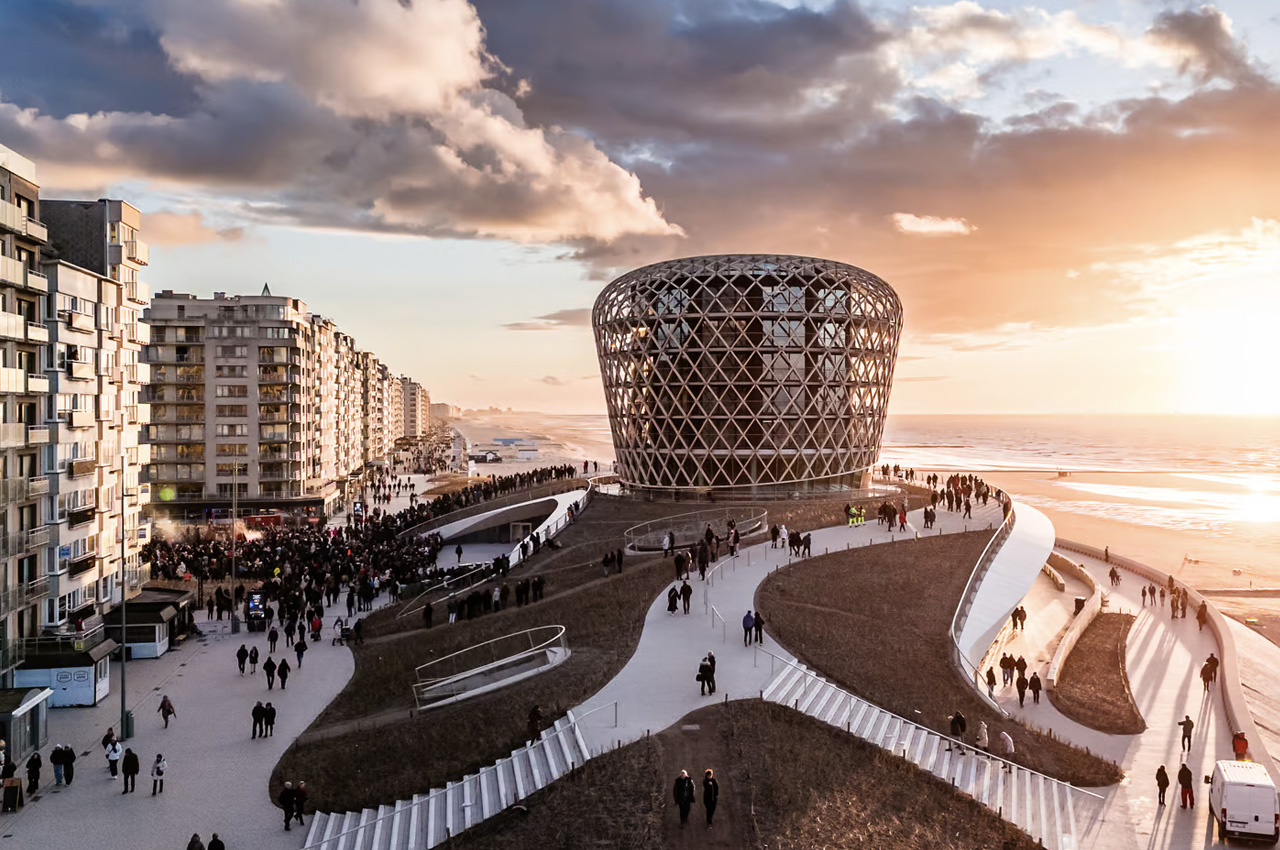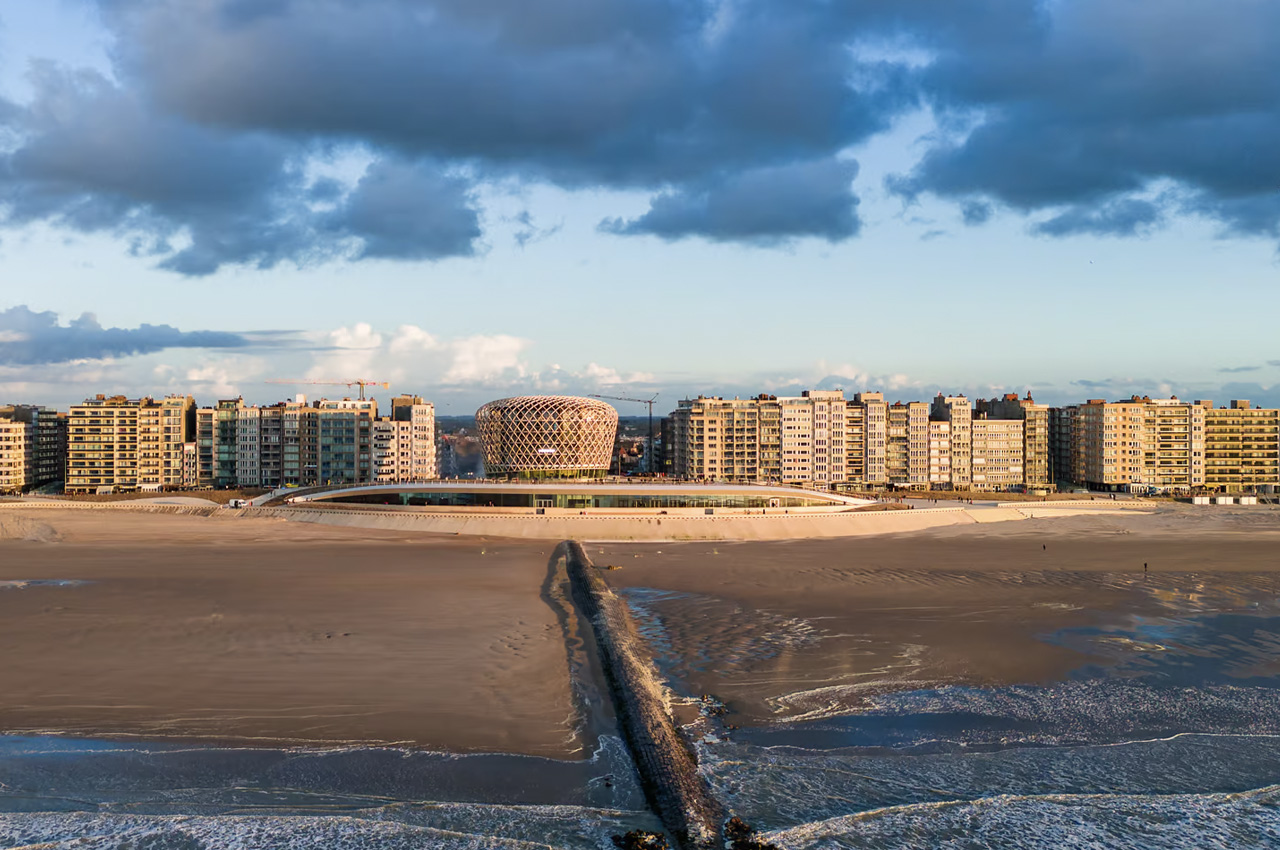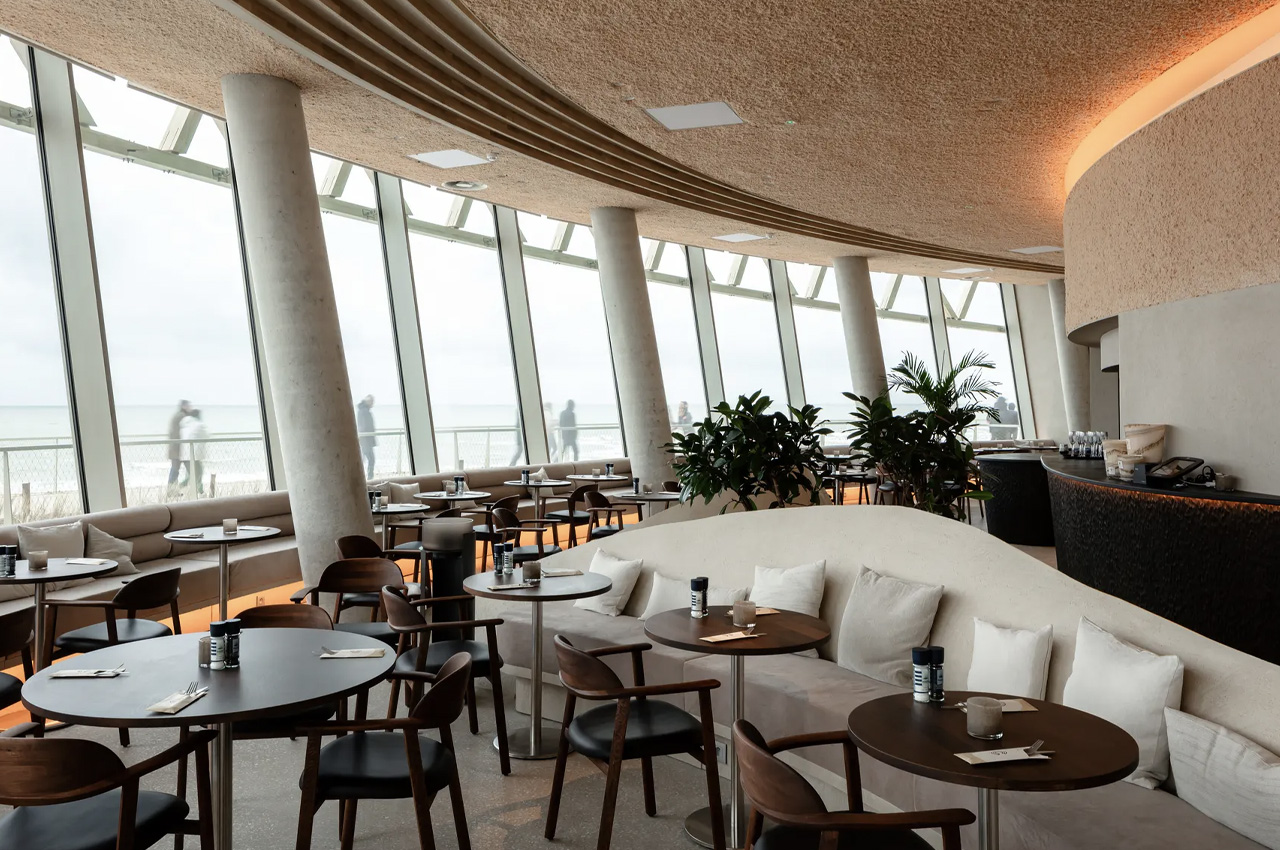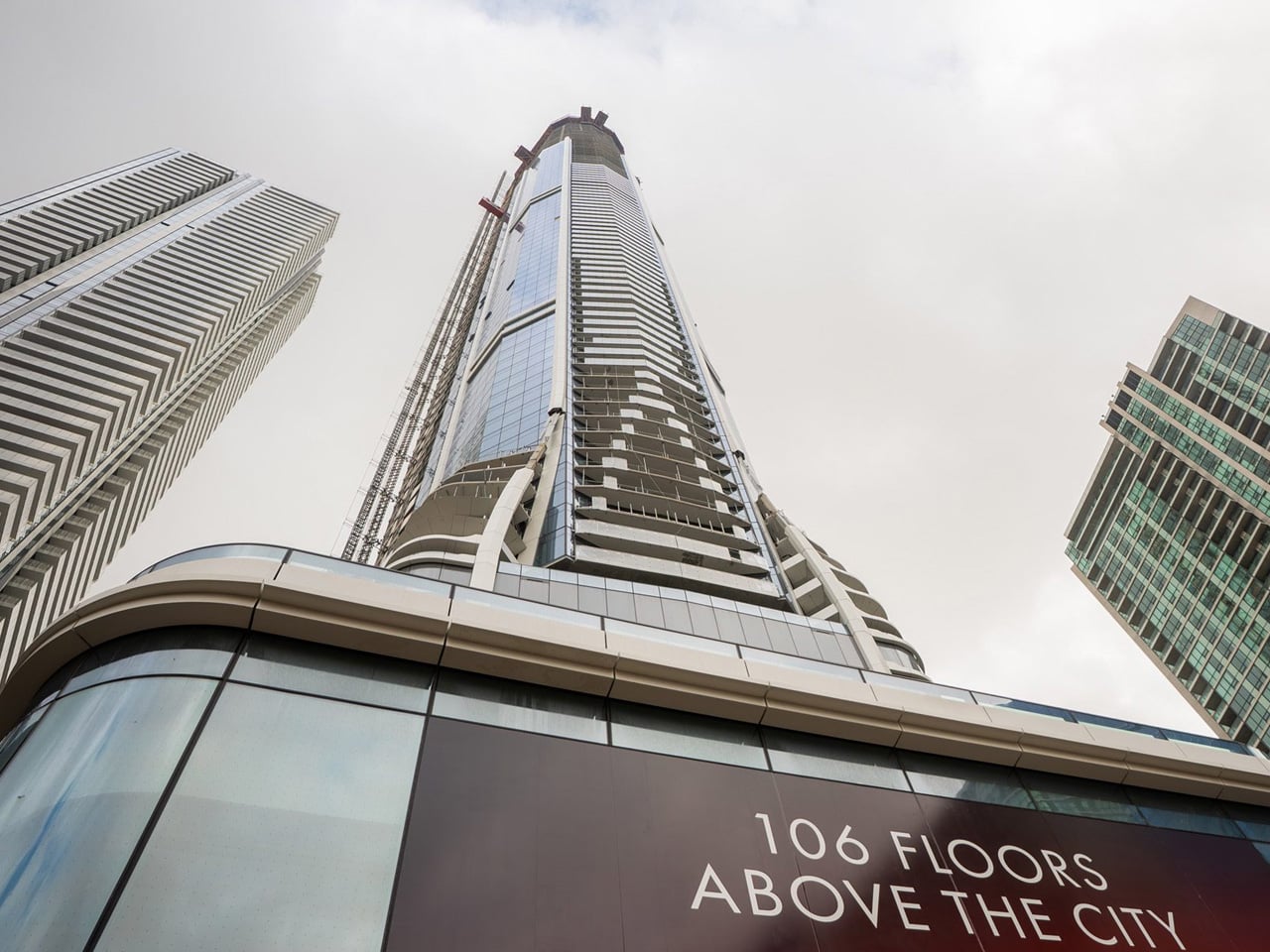
Toronto’s skyline is witnessing a transformation that will redefine Canadian architecture for generations. The Pinnacle SkyTower, designed by Hariri Pontarini Architects, has become the first building in Canada to surpass 100 storeys, marking a pivotal moment in the country’s architectural evolution. When completed in 2026, the supertall will stand at 351.85 metres across 106 floors, claiming the title of Canada’s tallest building.
David Pontarini, founding partner of the Toronto-based firm, envisioned the tower as a direct response to its prominent location at the foot of Yonge Street. The design needed to make a statement worthy of Canada’s longest street while respecting the unique waterfront context. What emerged was a 12-sided crystalline form that catches light from every angle, its glazed surfaces and tapered profile creating a sculptural presence that shifts throughout the day. The geometric complexity serves more than aesthetic ambitions. The dodecahedron shape helps the tower withstand powerful winds sweeping across Lake Ontario, while vertical fins emphasize its soaring height. A distinctive flying buttress connects the tower to its podium base, where horizontal banding creates a visual counterpoint to the vertical thrust above. The podium’s curving form mirrors the natural bend of the lakeshore, anchoring the tower in its surroundings.
Designer: Hariri Pontarini Architects
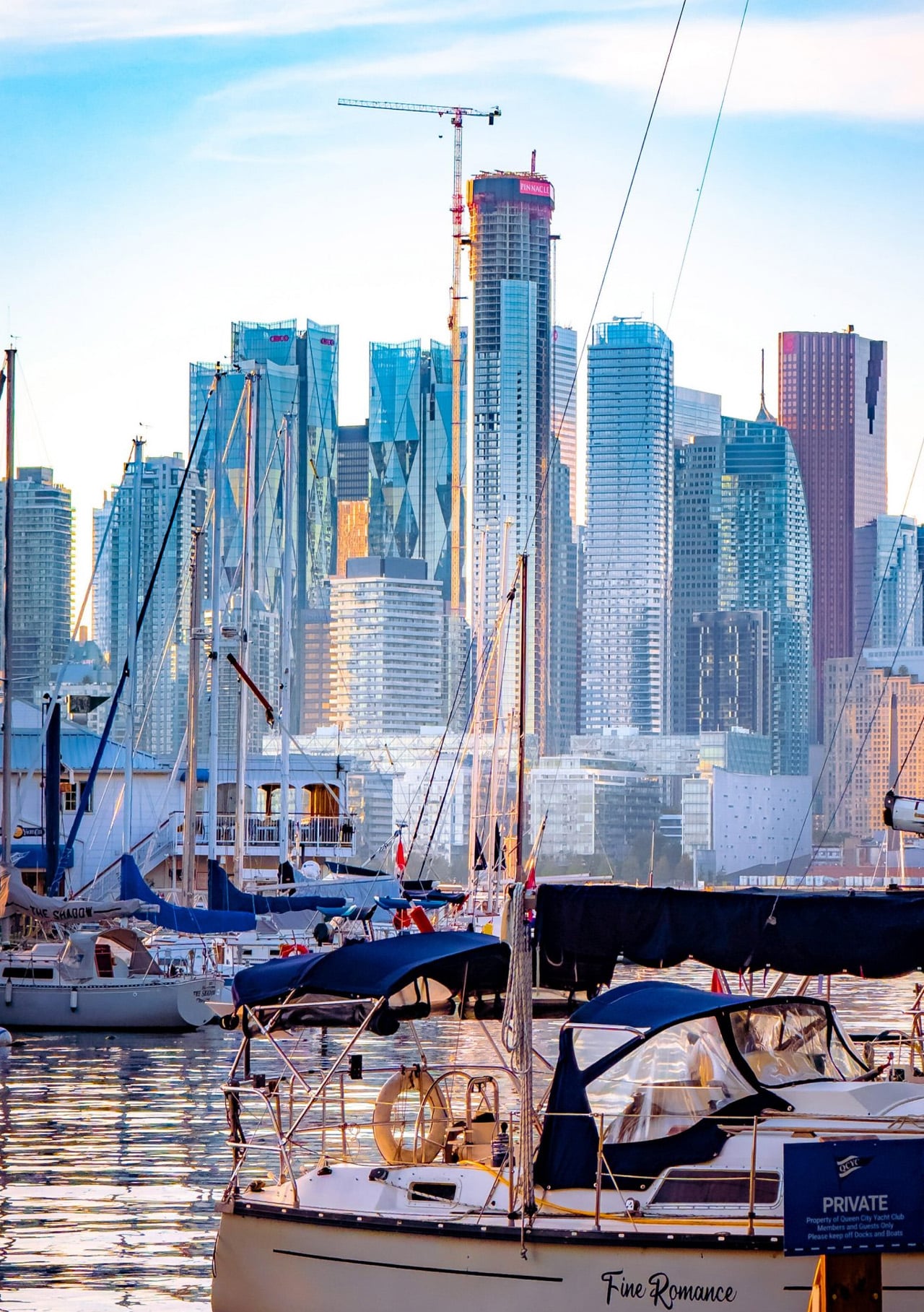
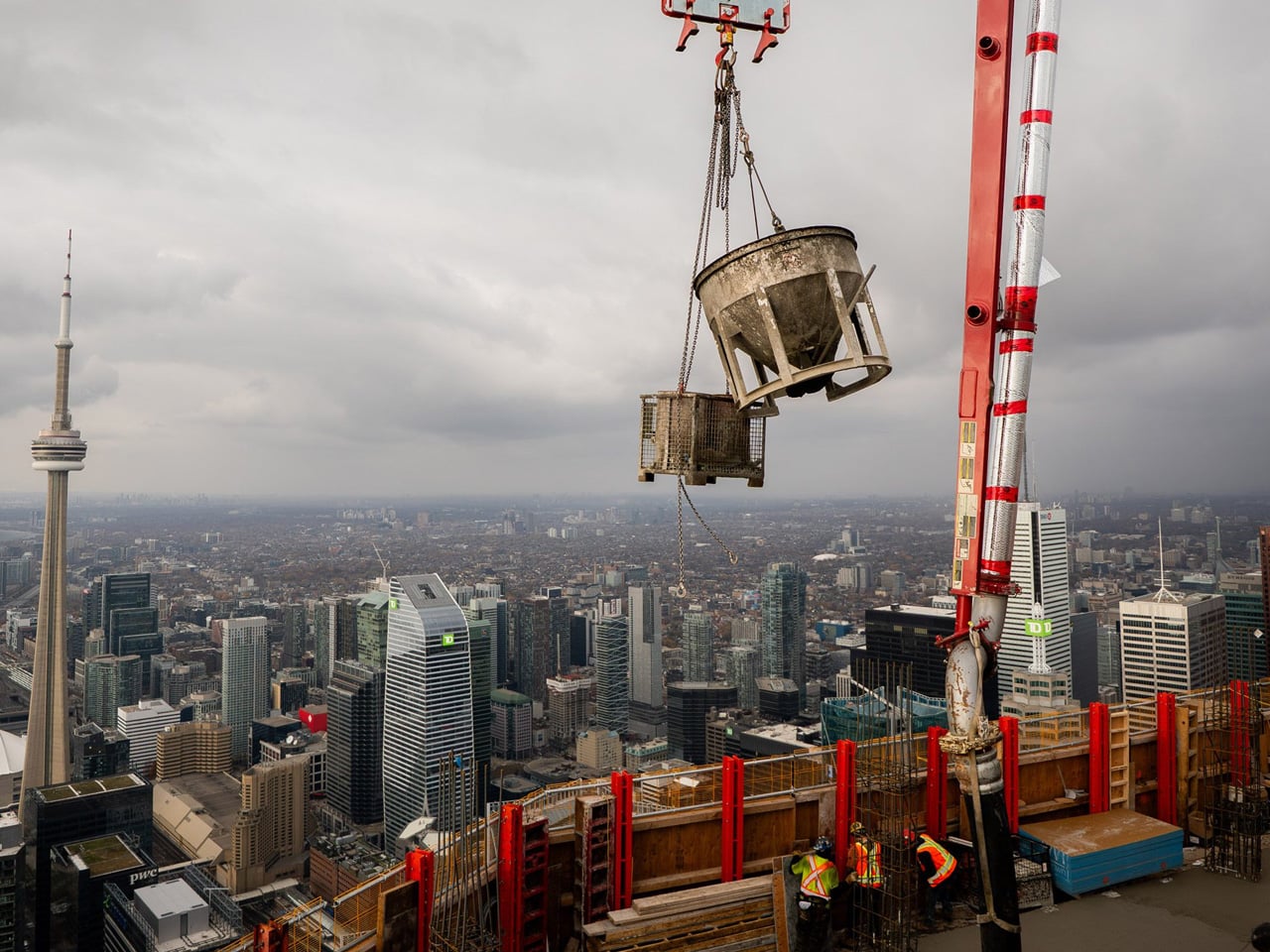
Engineering a building this tall presented extraordinary challenges. Project architect Nadine El-Gazzar and her team grappled with wind pressure, structural requirements, and the stack effect, which pulls air upward through elevator shafts at tremendous speeds. A custom-designed tuned mass damper will counteract the building’s sway, ensuring comfort for residents on the uppermost floors. These technical solutions remain invisible to observers, allowing the tower’s elegant profile to take center stage.
The mixed-use program reflects contemporary urban living. Over 950 residential units range from intimate 520-square-foot homes to expansive 2,300-square-foot residences. A 220-room Le Méridien hotel occupies the lower twelve floors, while a restaurant on the 106th floor will offer unparalleled views at the same elevation as the CN Tower’s main observation deck. Amenities include a pool, yoga studio, and fitness center, with retail connections to Toronto’s underground pedestrian network at street level.
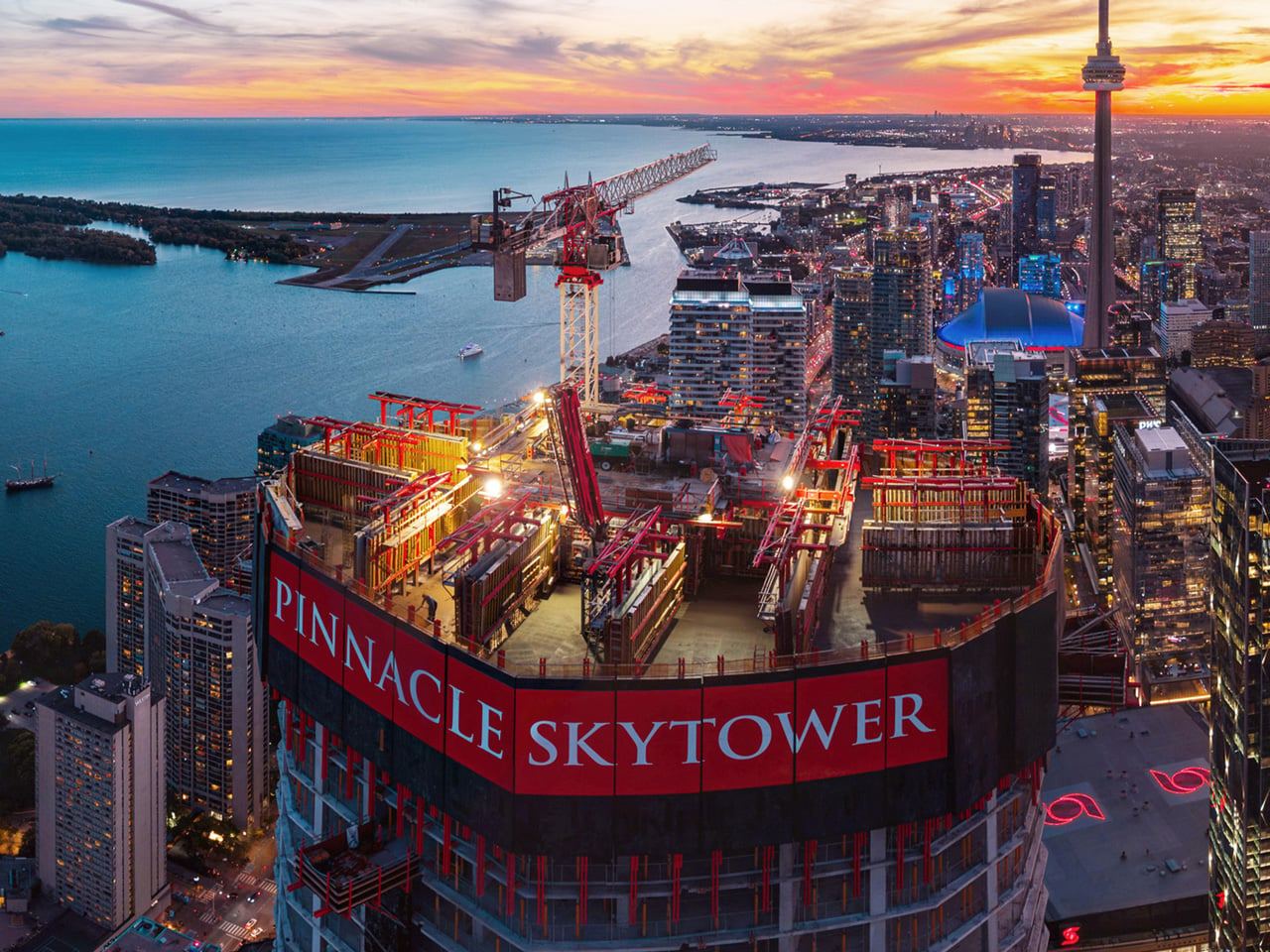
The project’s ambition grew during development. Originally planned at 95 storeys, a variance request in March 2025 added eleven floors, pushing the design into record-breaking territory. Construction has progressed steadily since groundwork began, with the exterior cladding now substantially complete on the lower sections. The tower rises from the Pinnacle One Yonge development, which transformed the former Toronto Star site into a six-building complex that’s reshaping the city’s waterfront.
Environmental considerations shaped key infrastructure decisions. The development connects to the Enwave Deep Lake Water Cooling system, which draws frigid water from Lake Ontario’s depths for efficient climate control. Pinnacle International president Michael De Cotiis captured the significance: “We have created a landmark, one that is making history not only for Toronto, but for all of Canada.” As SkyTower climbs toward completion, it represents both technical achievement and architectural ambition, a jewel-like form that will anchor Toronto’s skyline for decades to come.
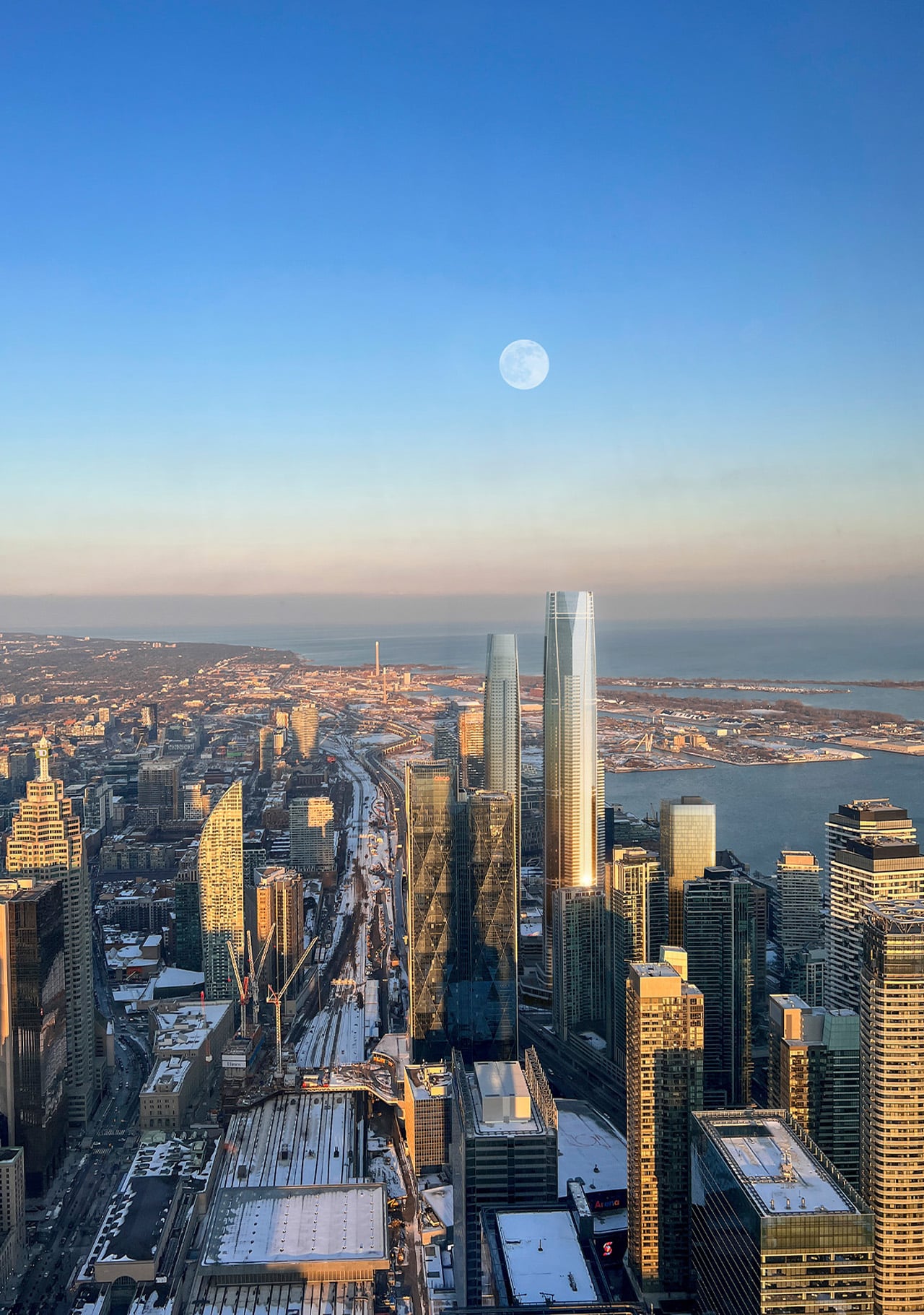
The post Canada’s Tallest Building Takes Shape as SkyTower Reaches Historic 100-Storey Mark first appeared on Yanko Design.
